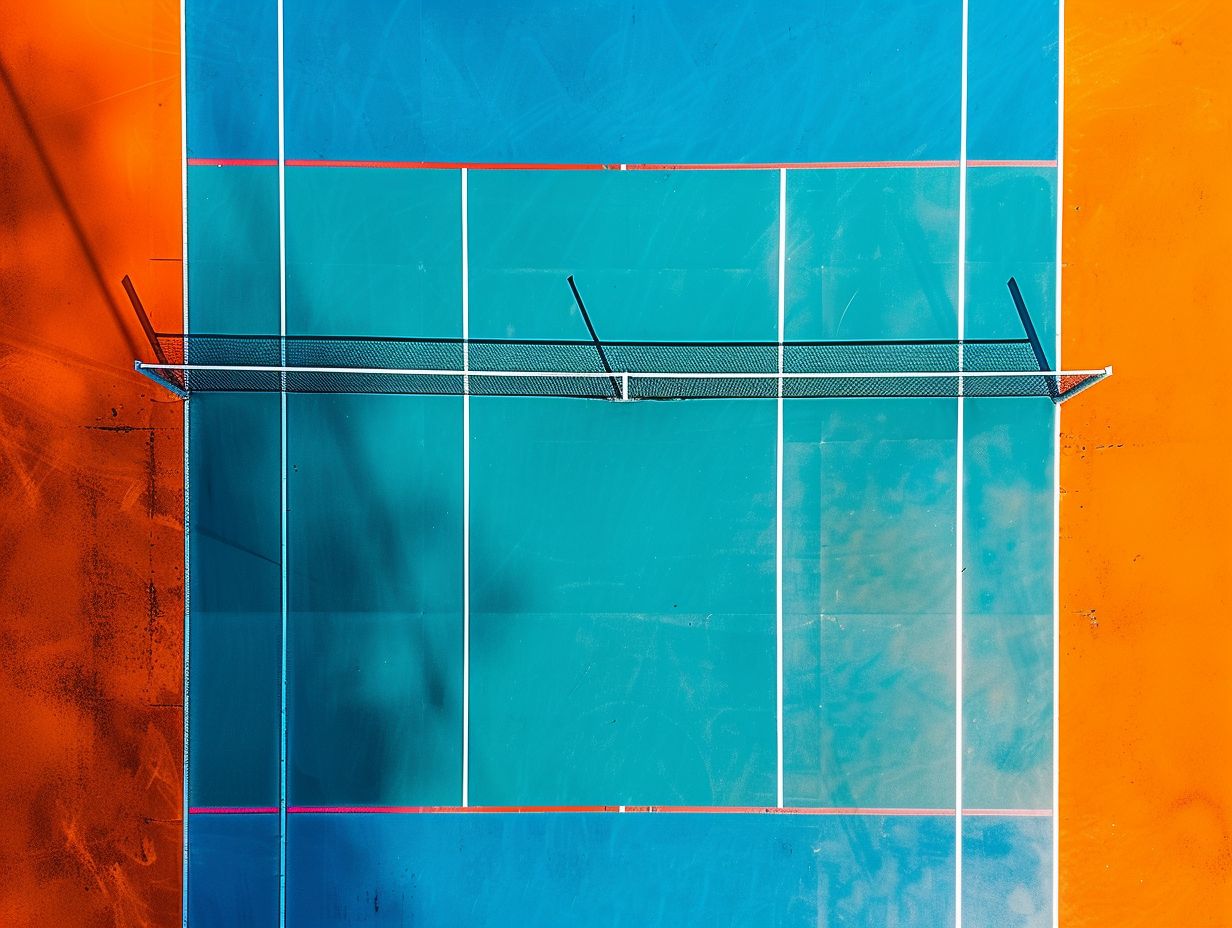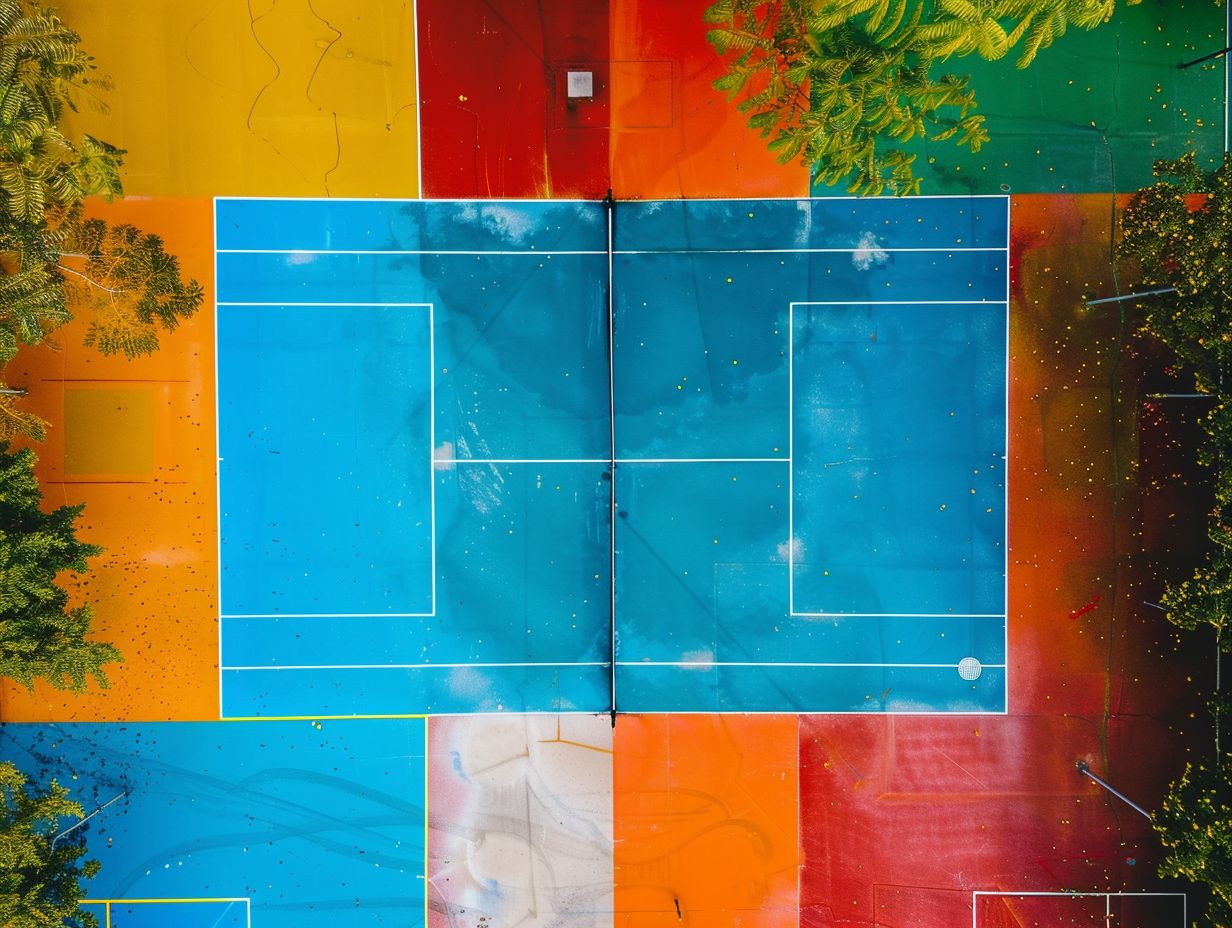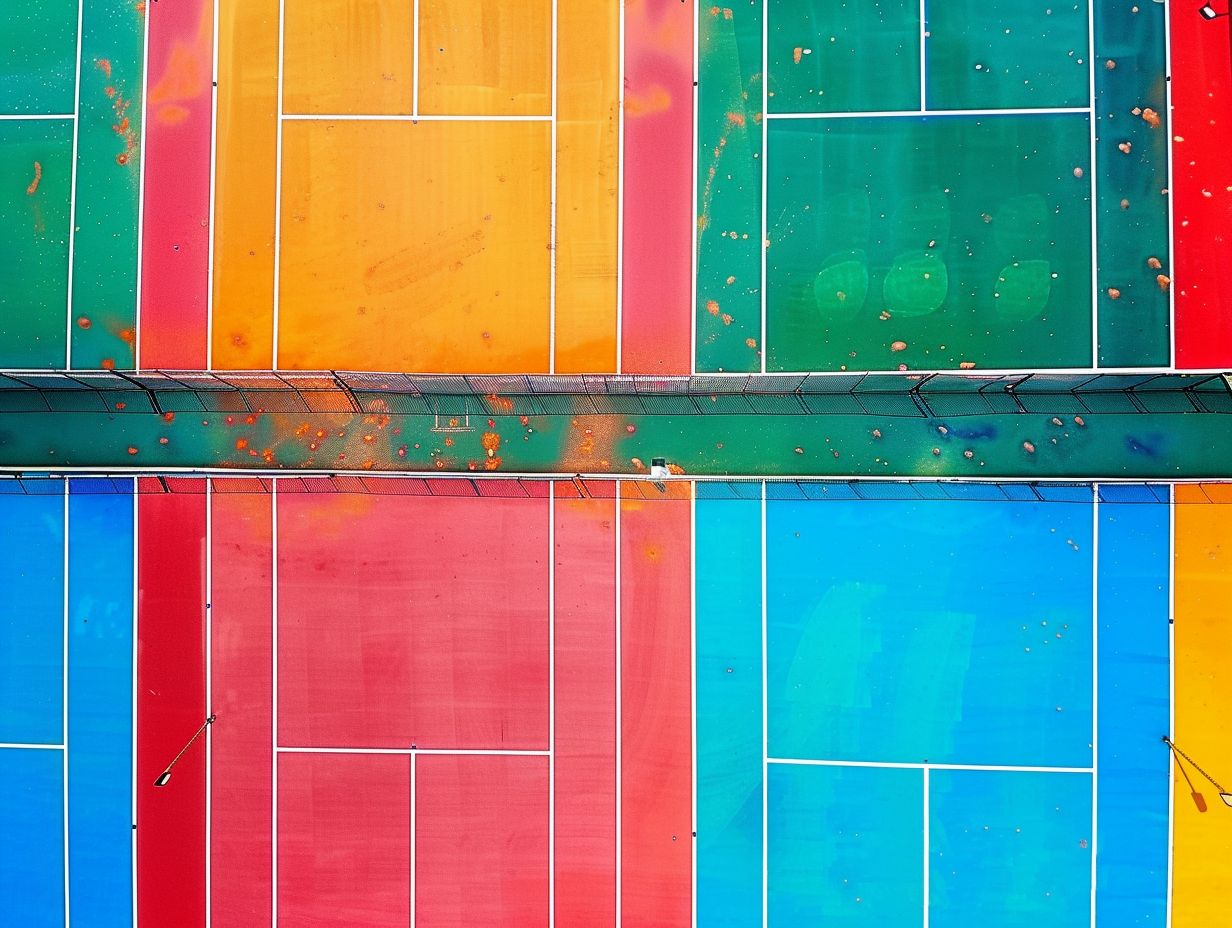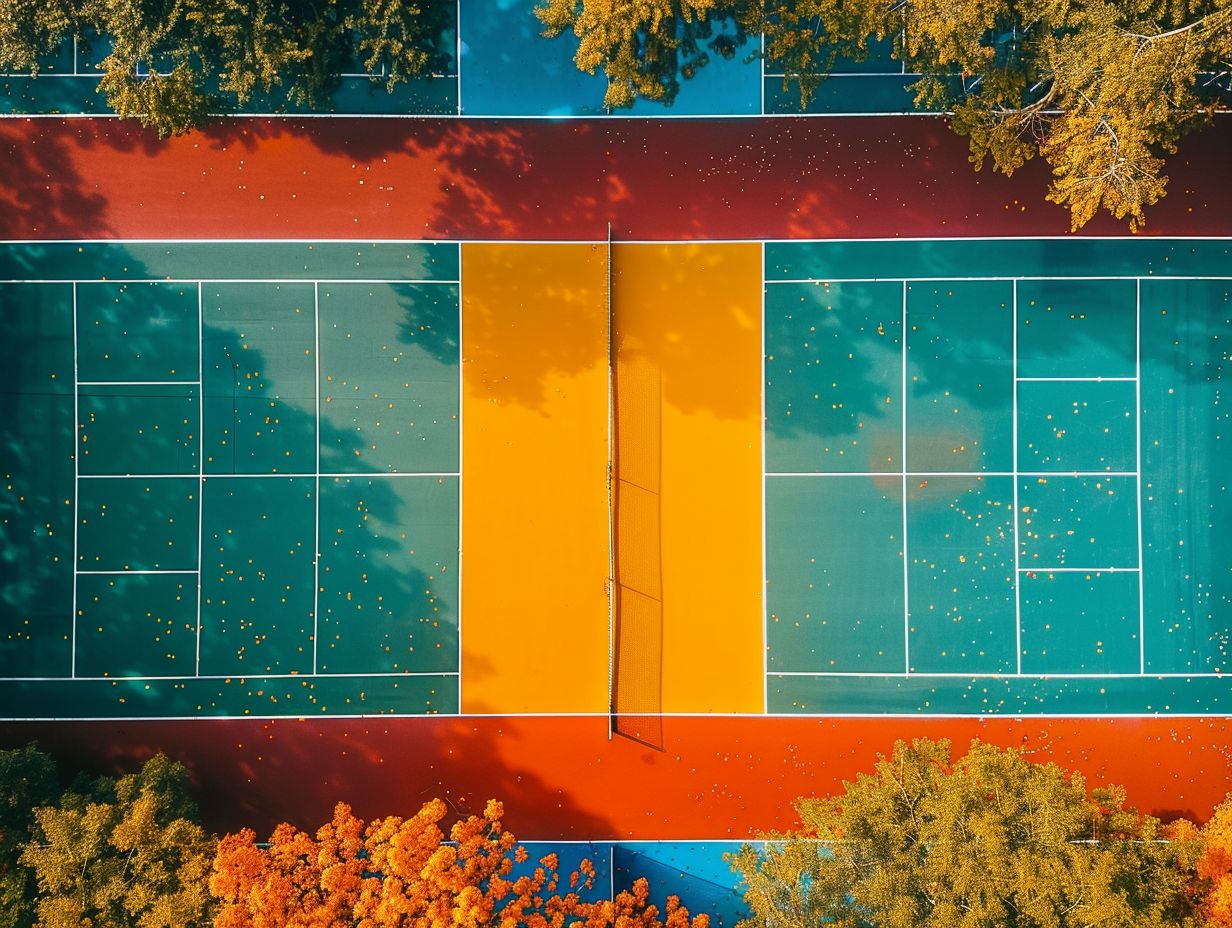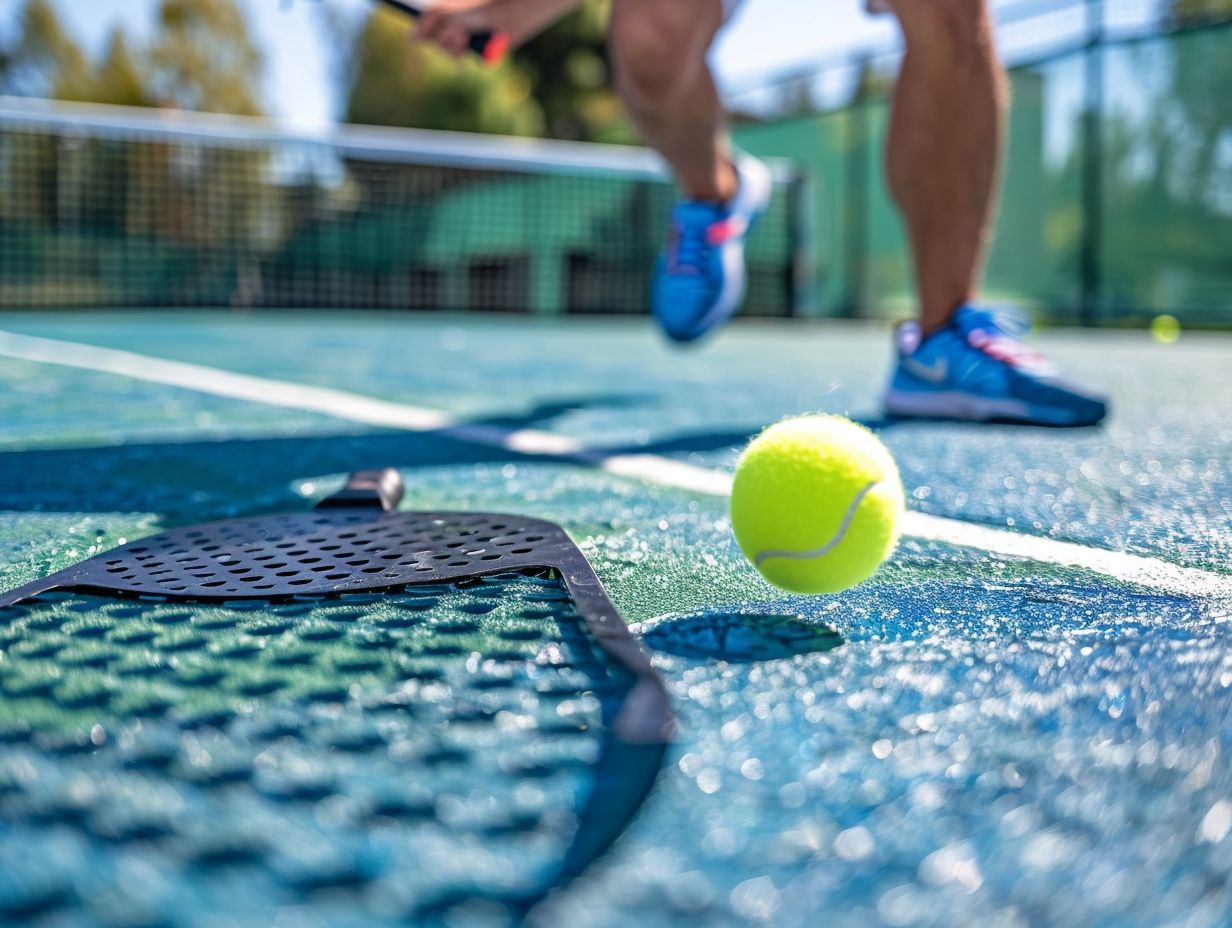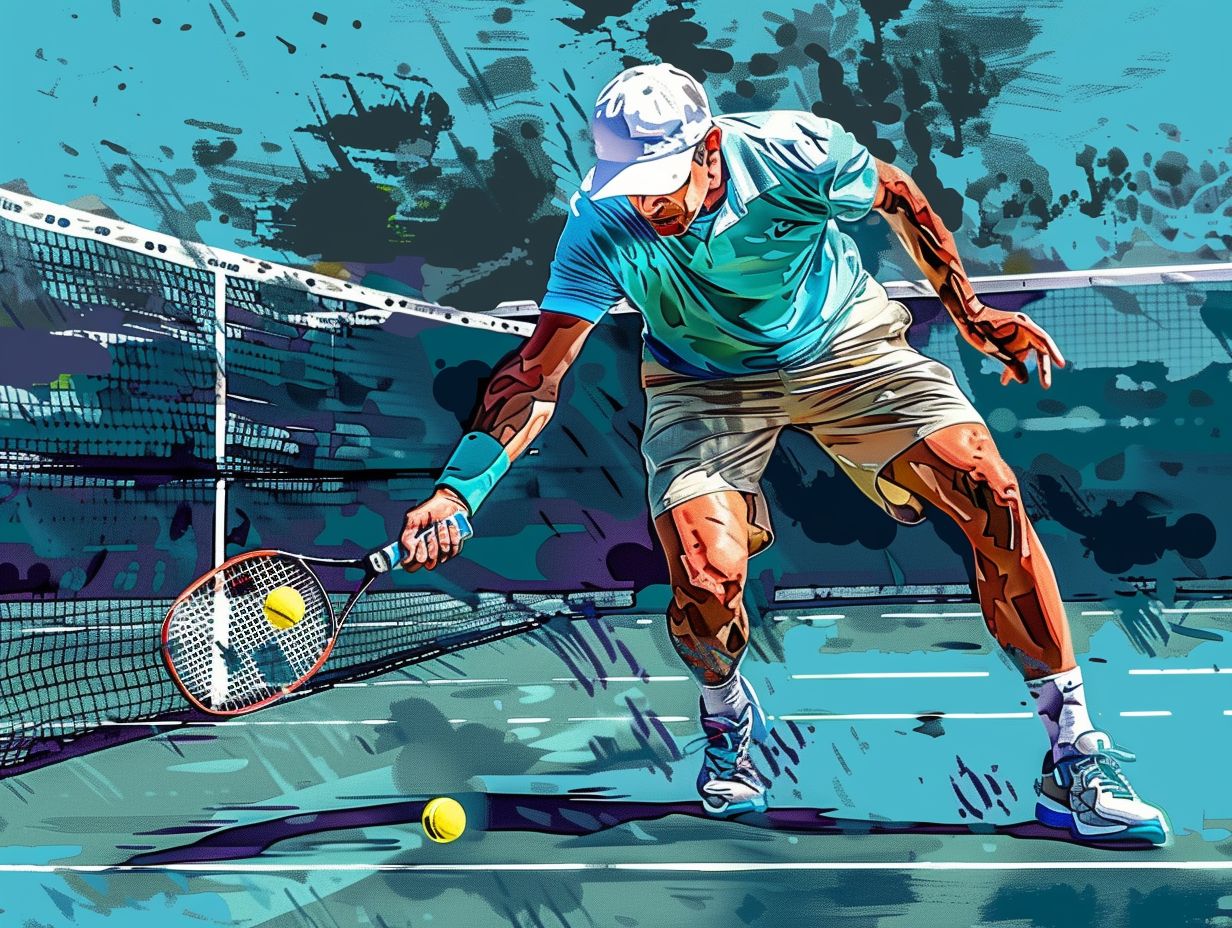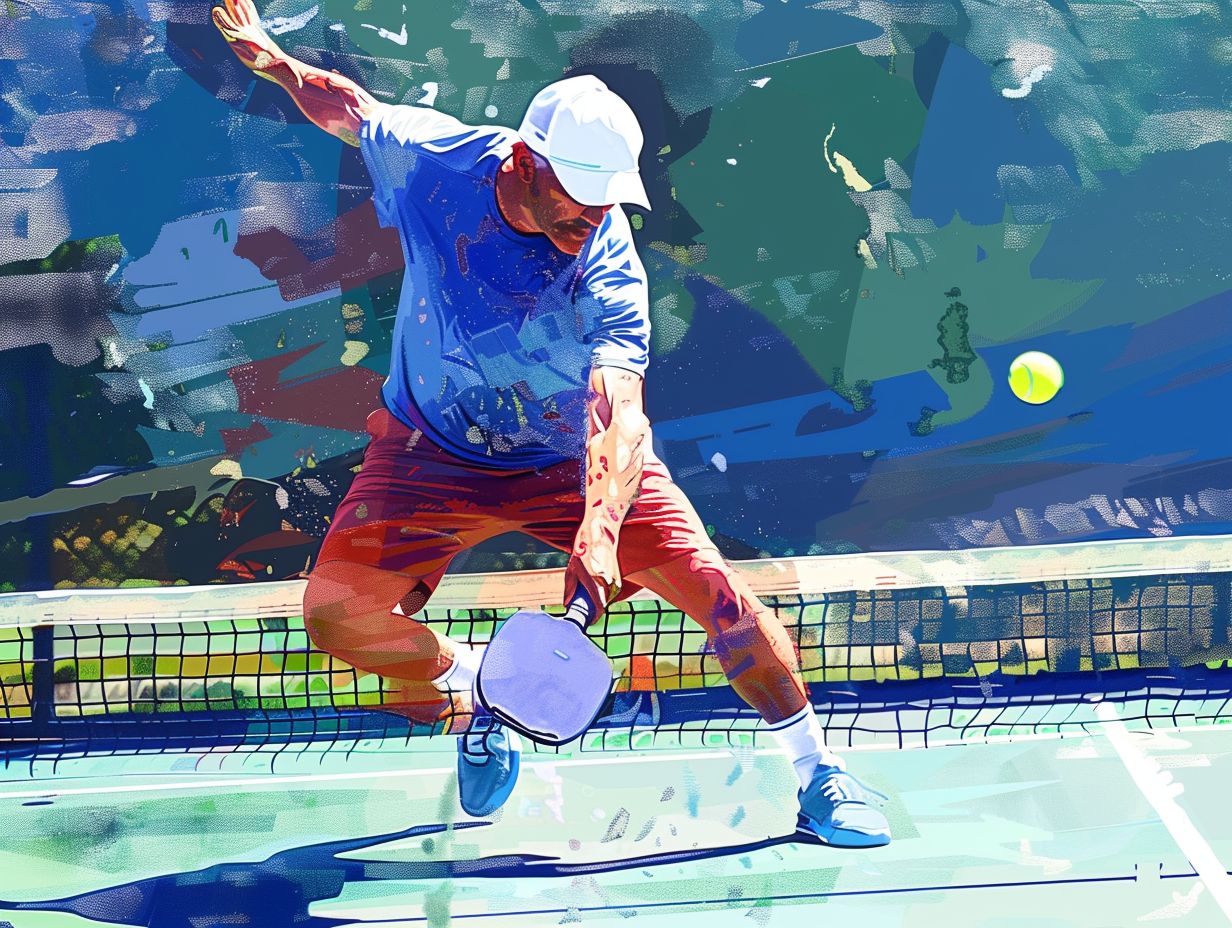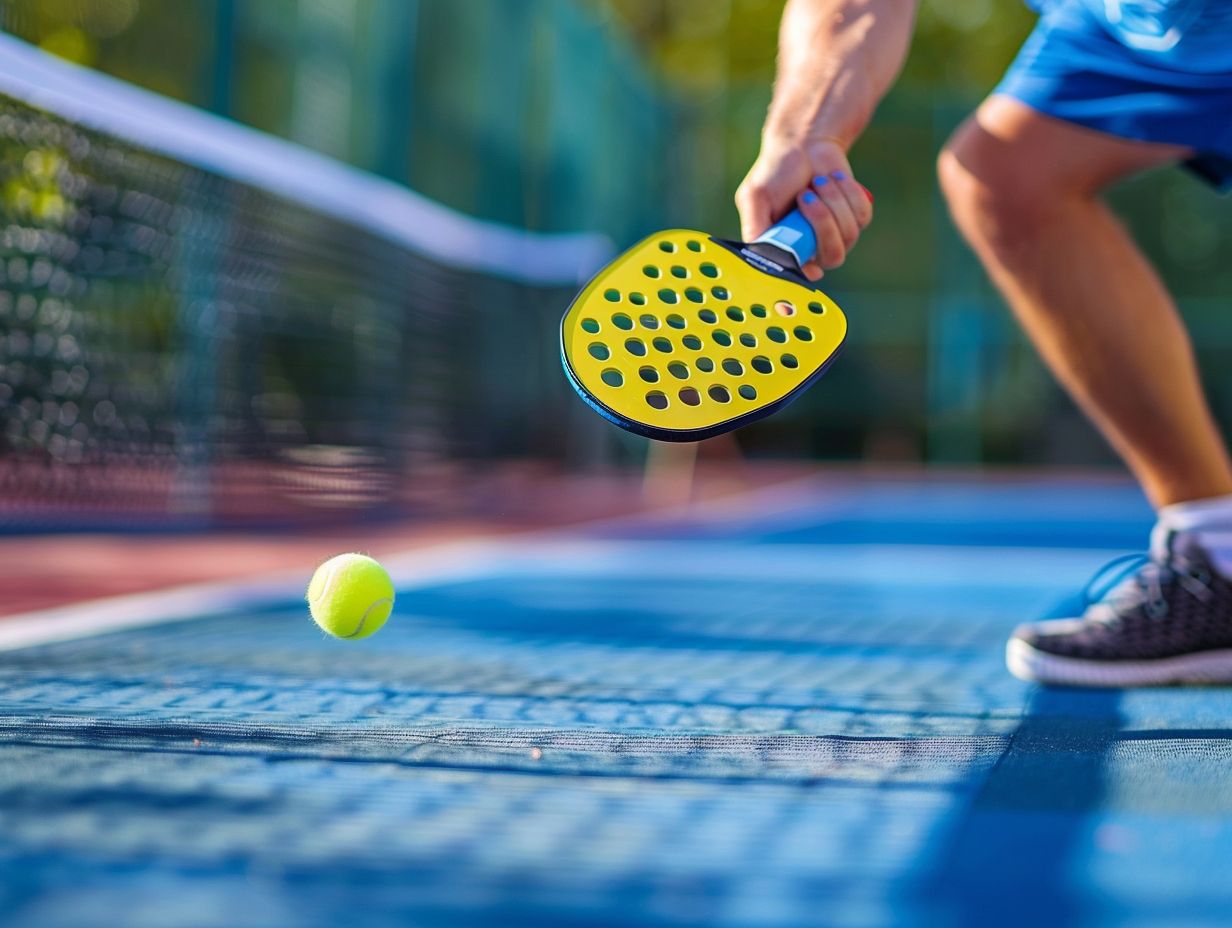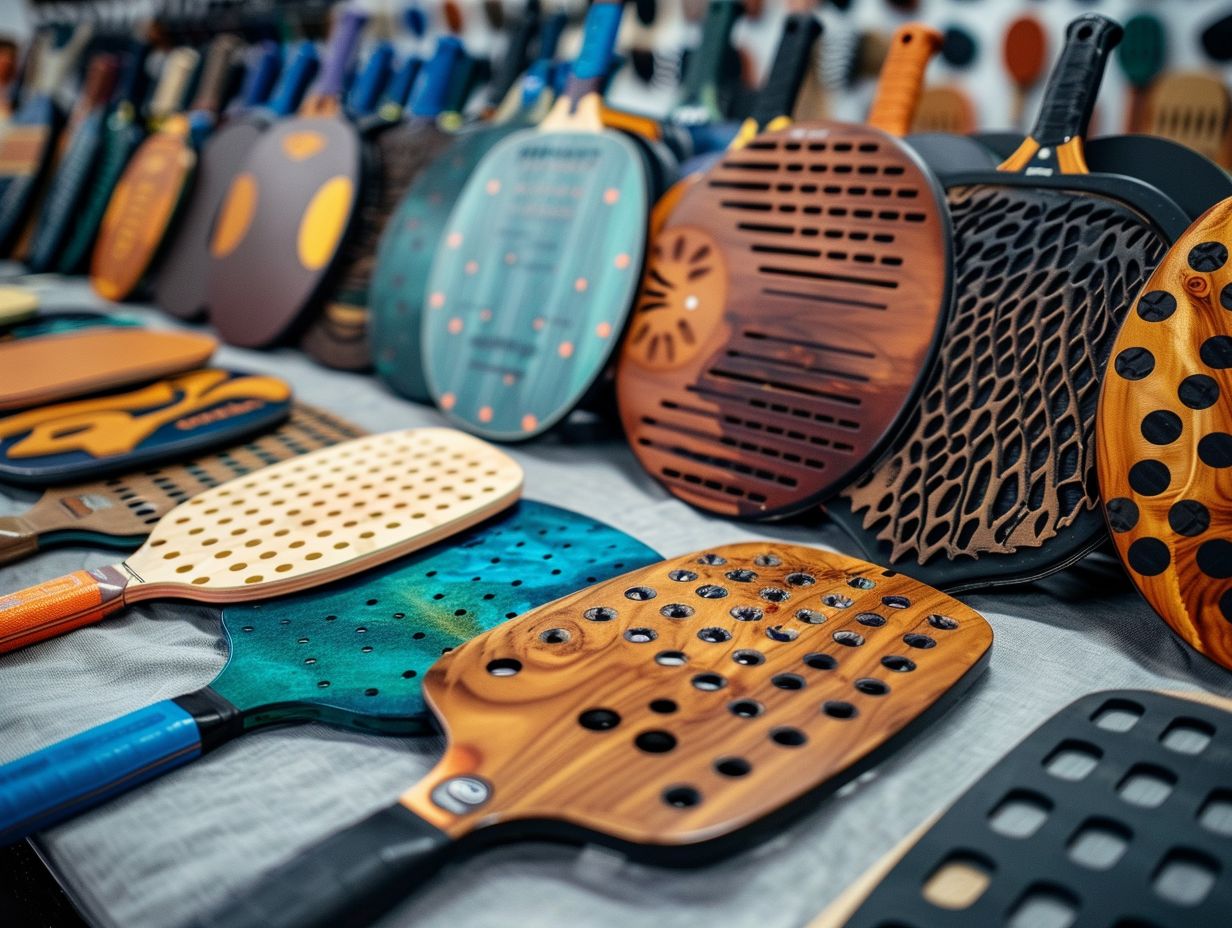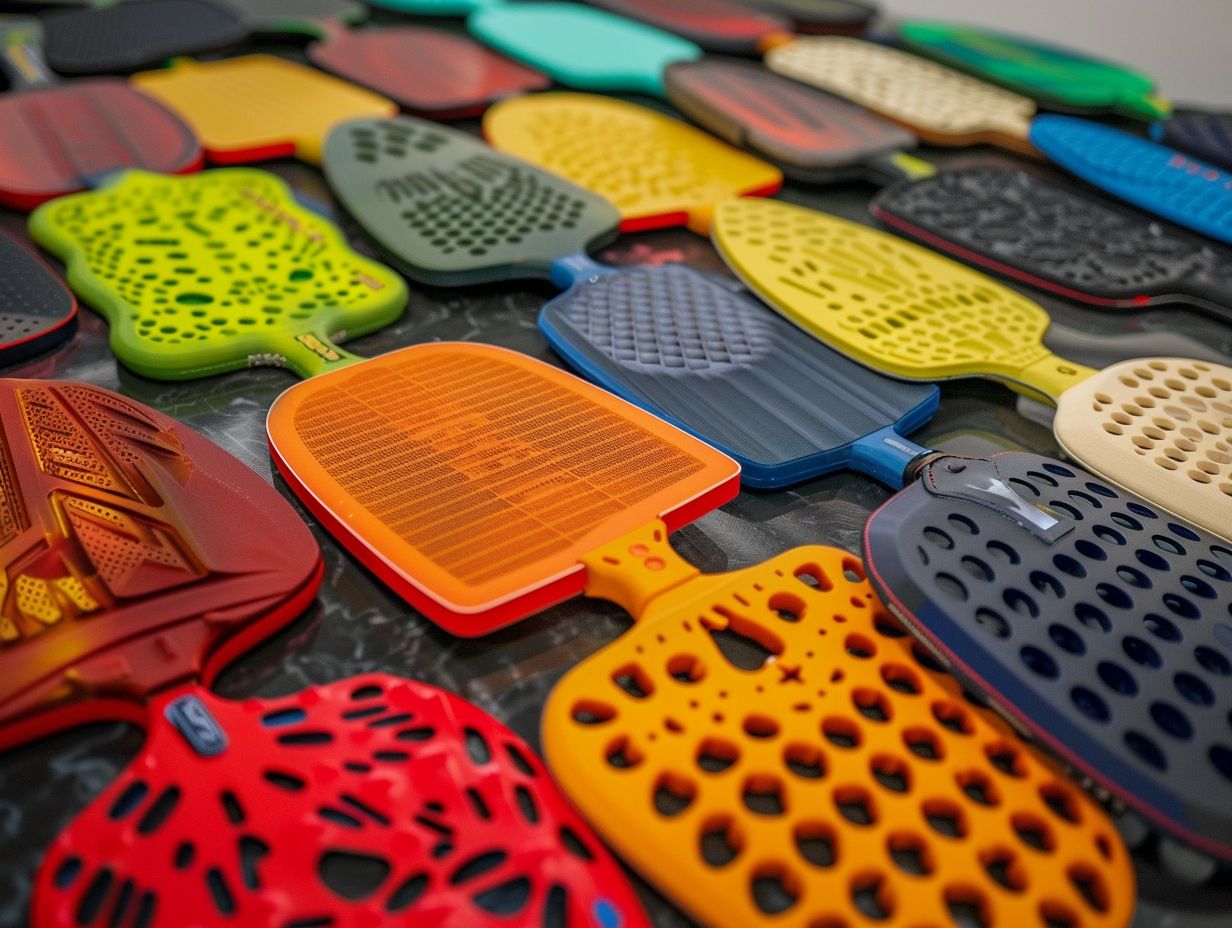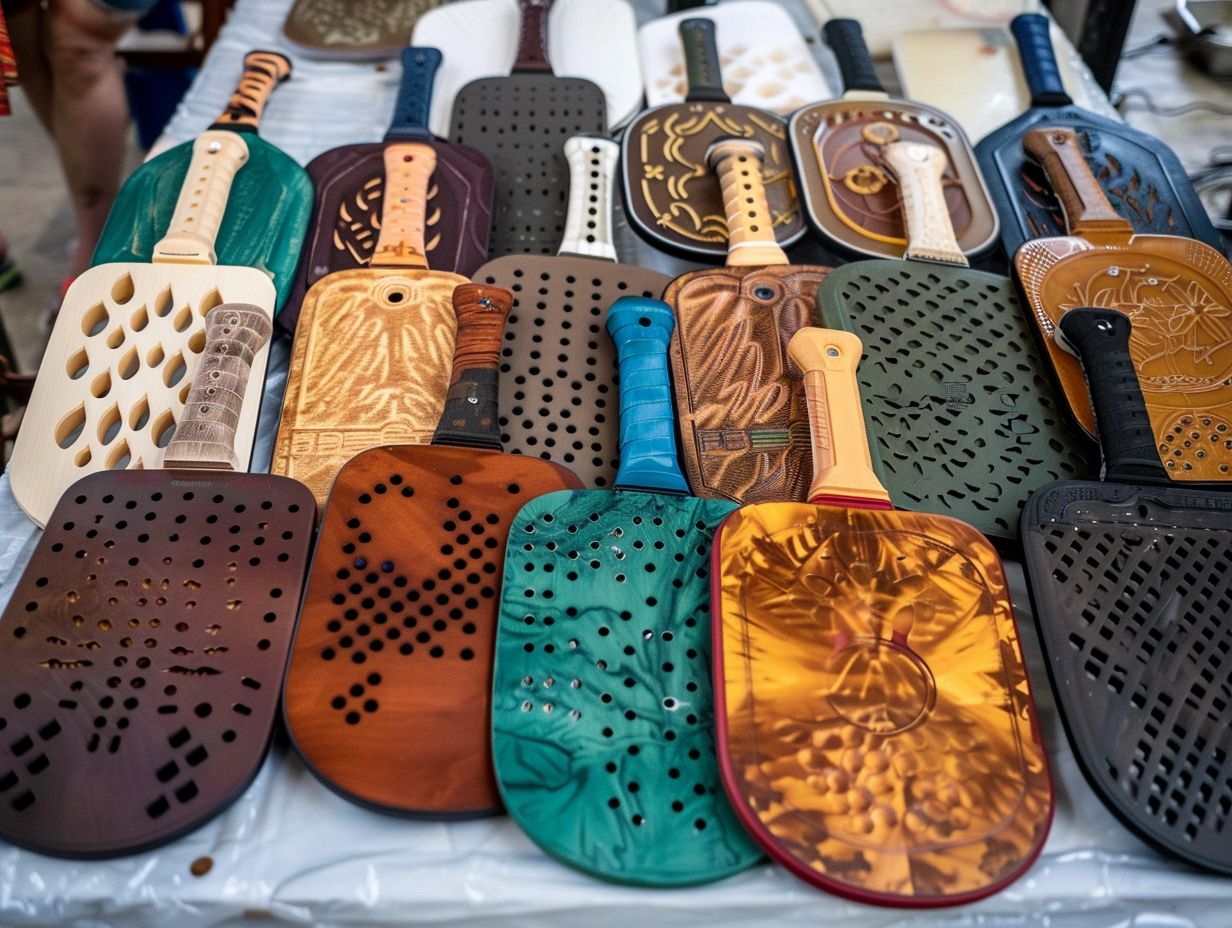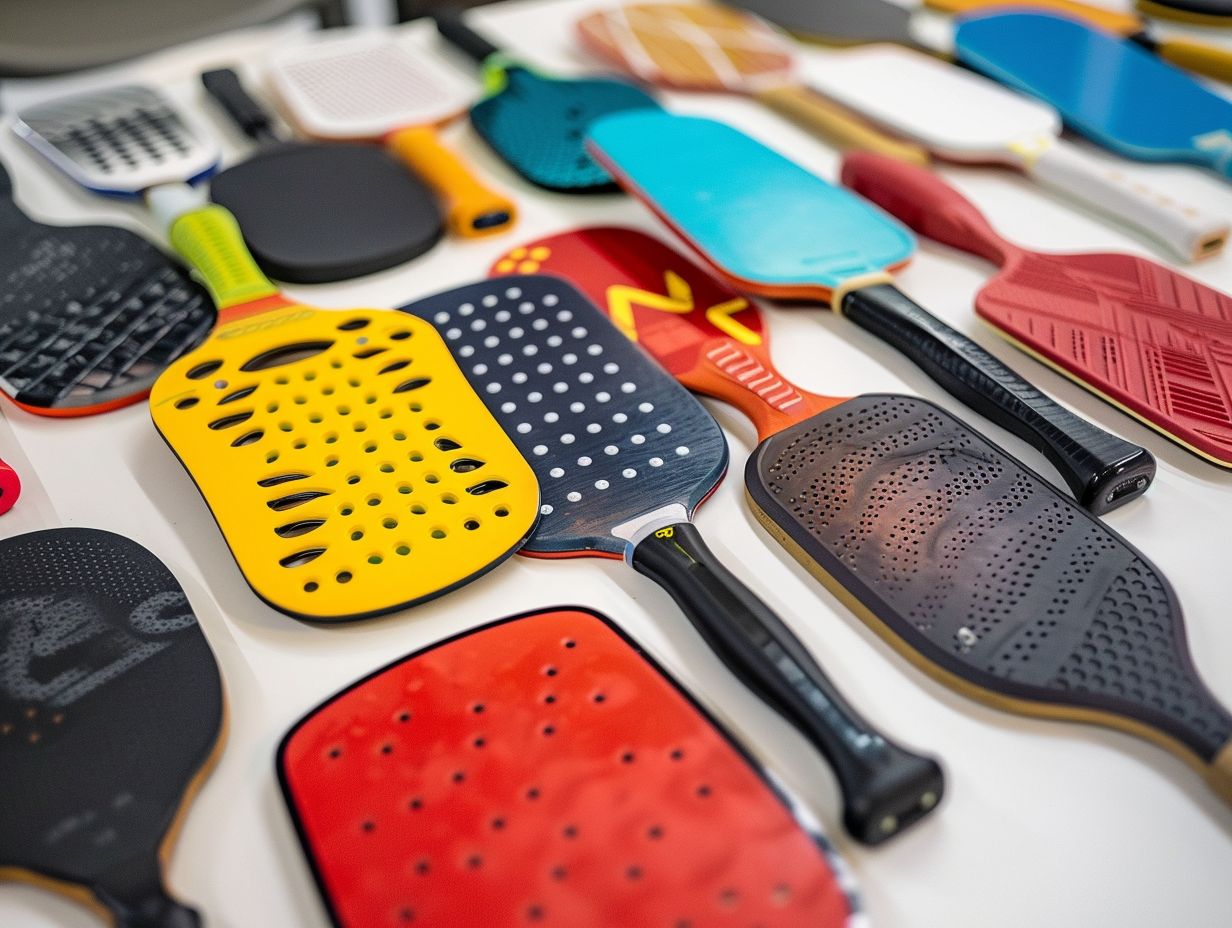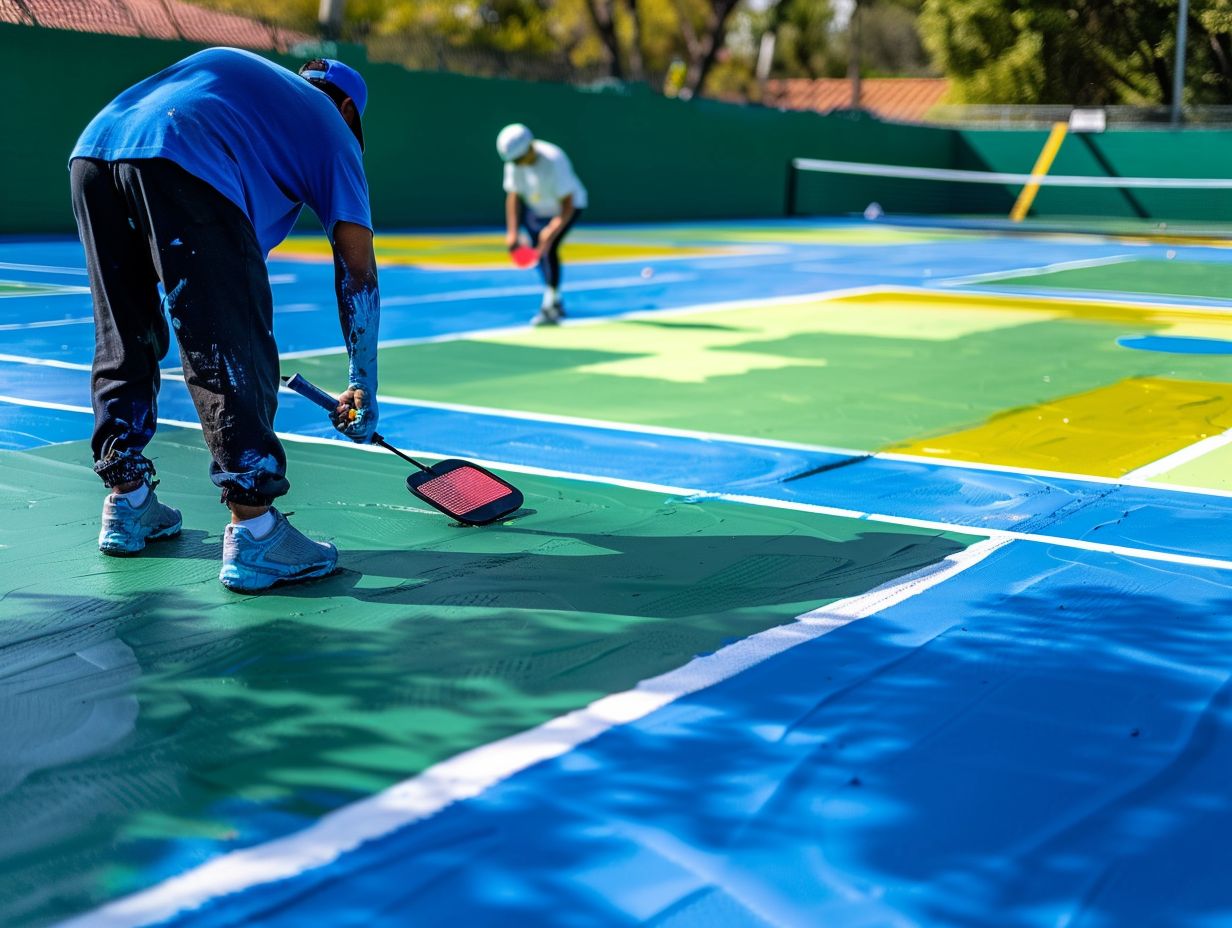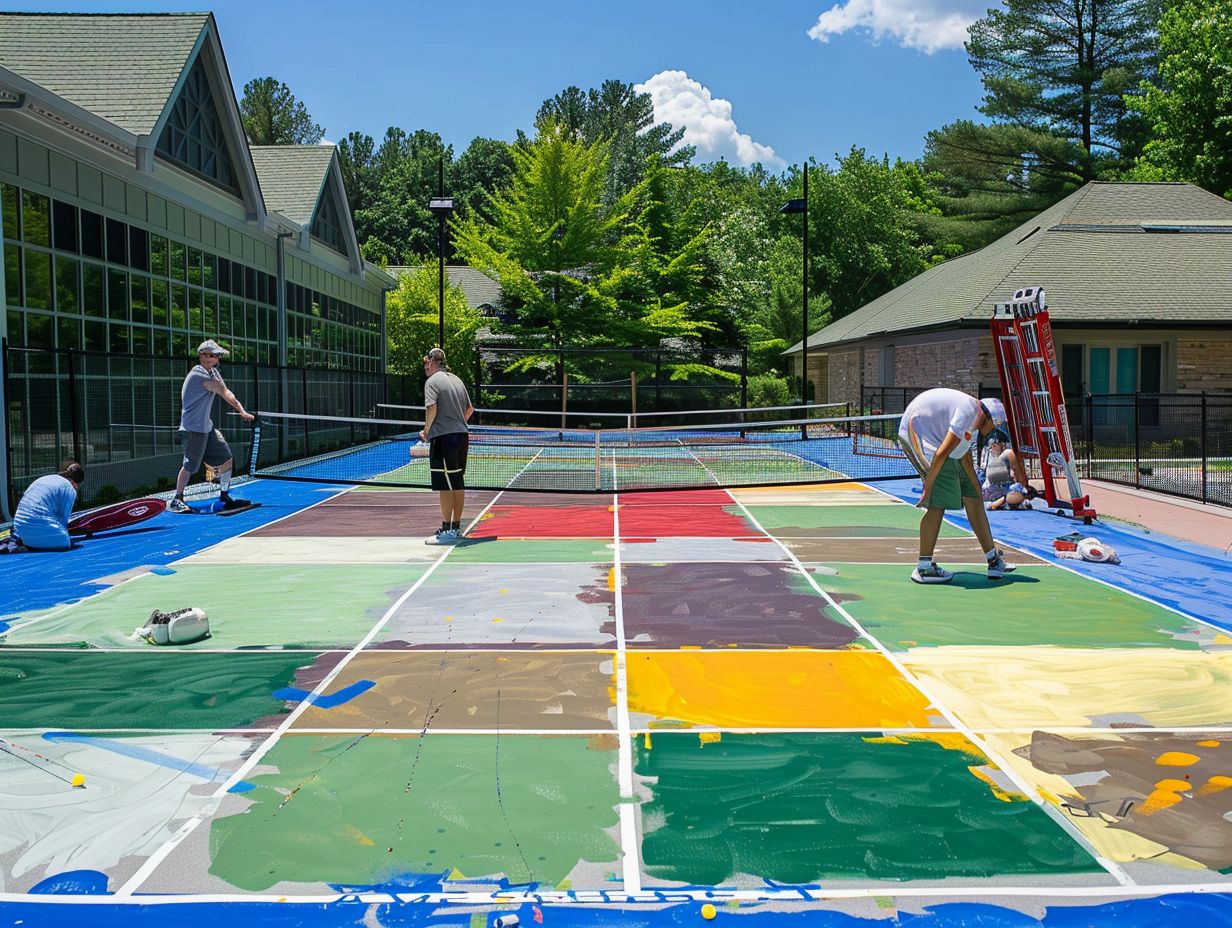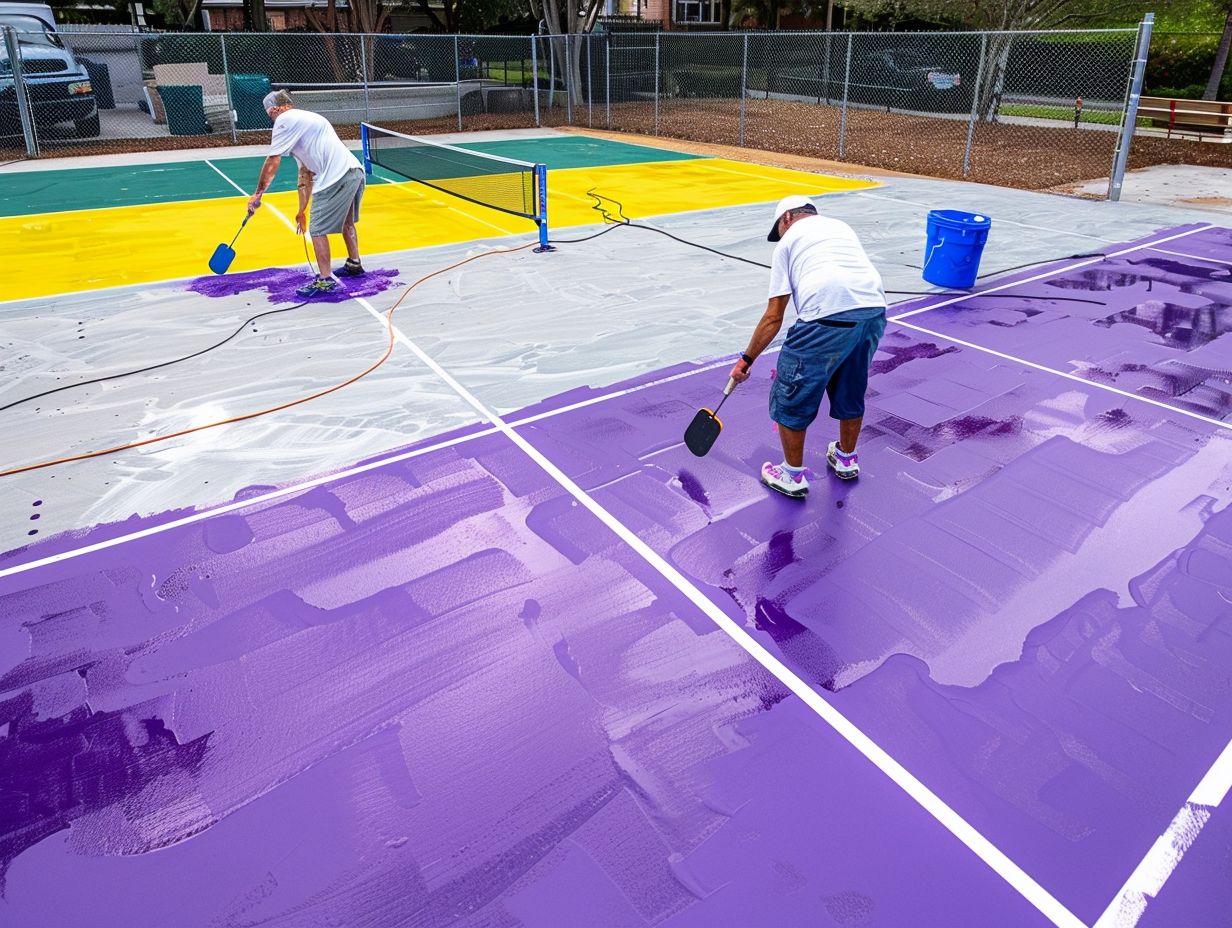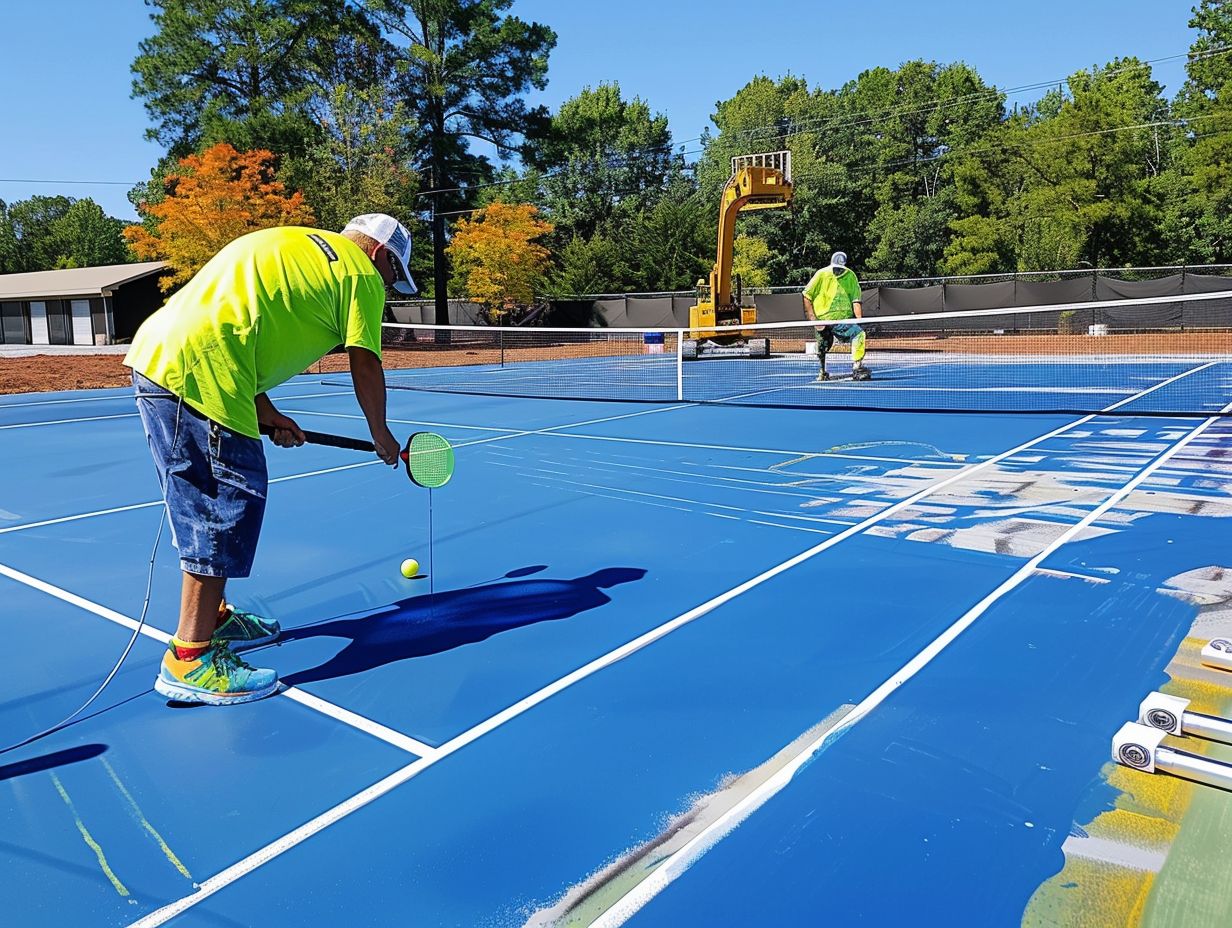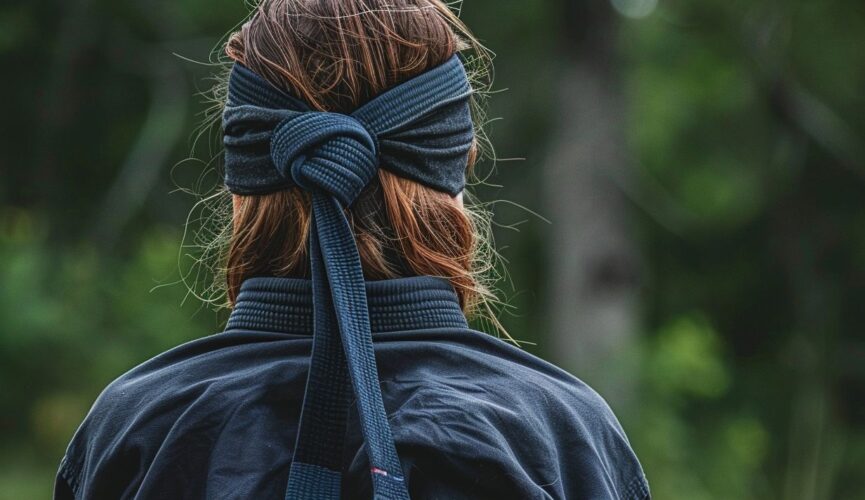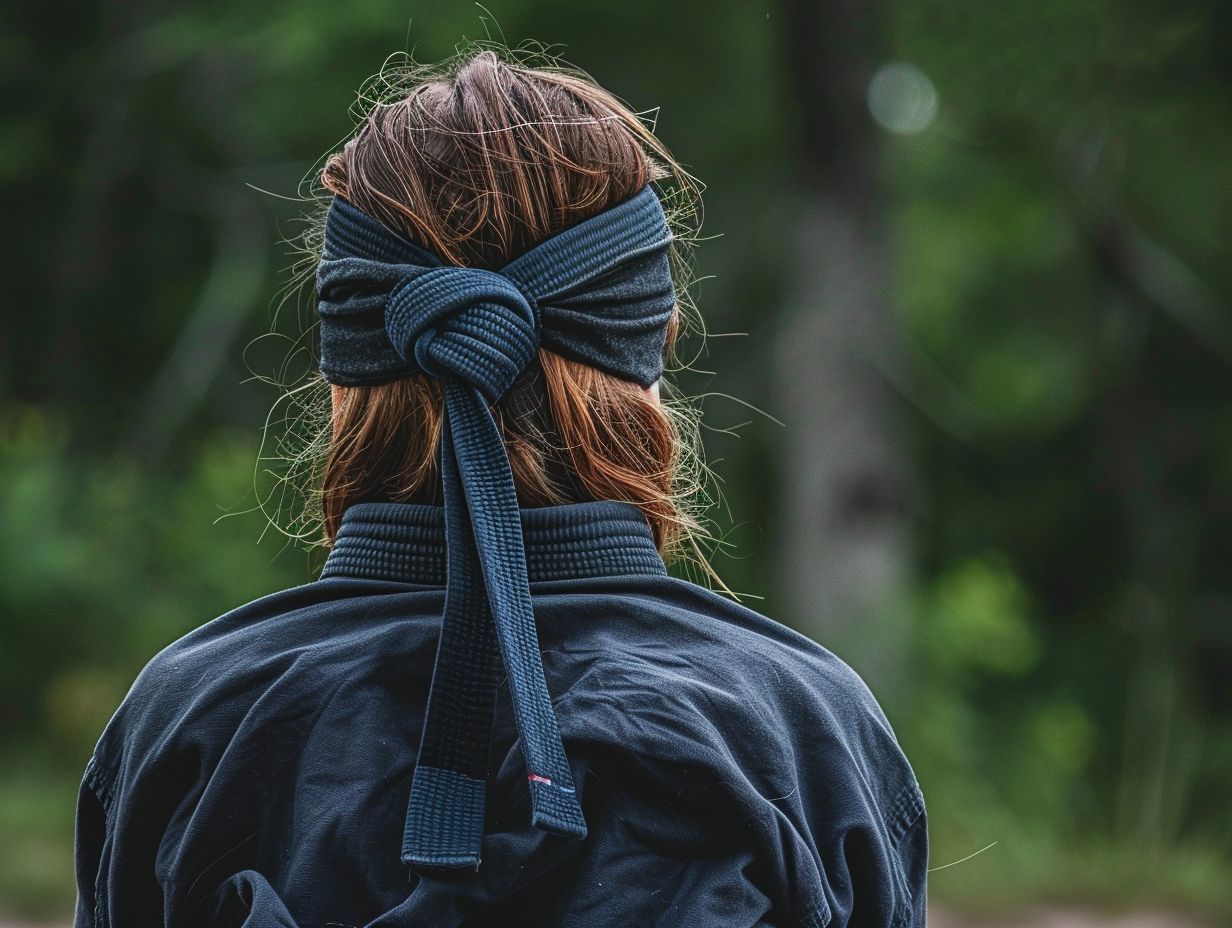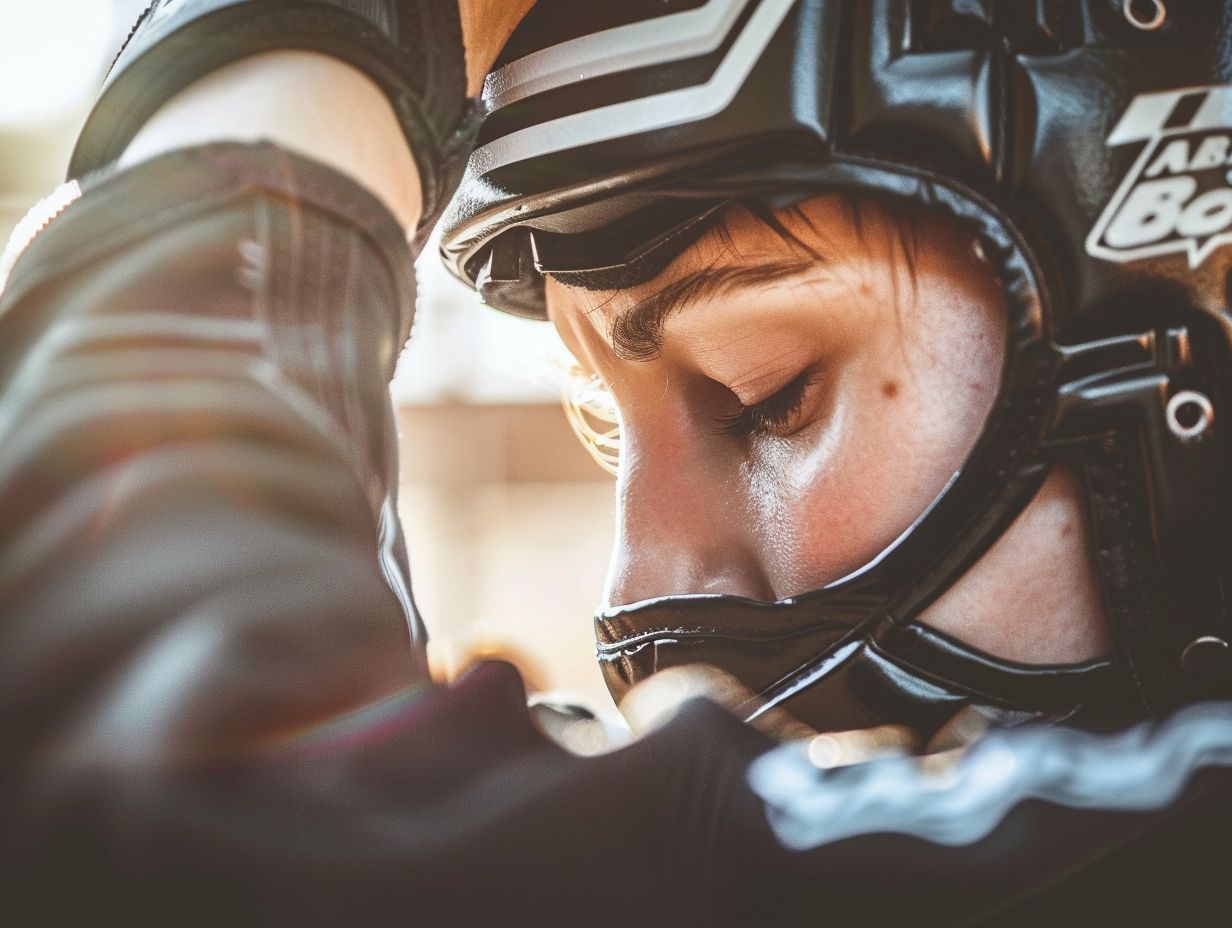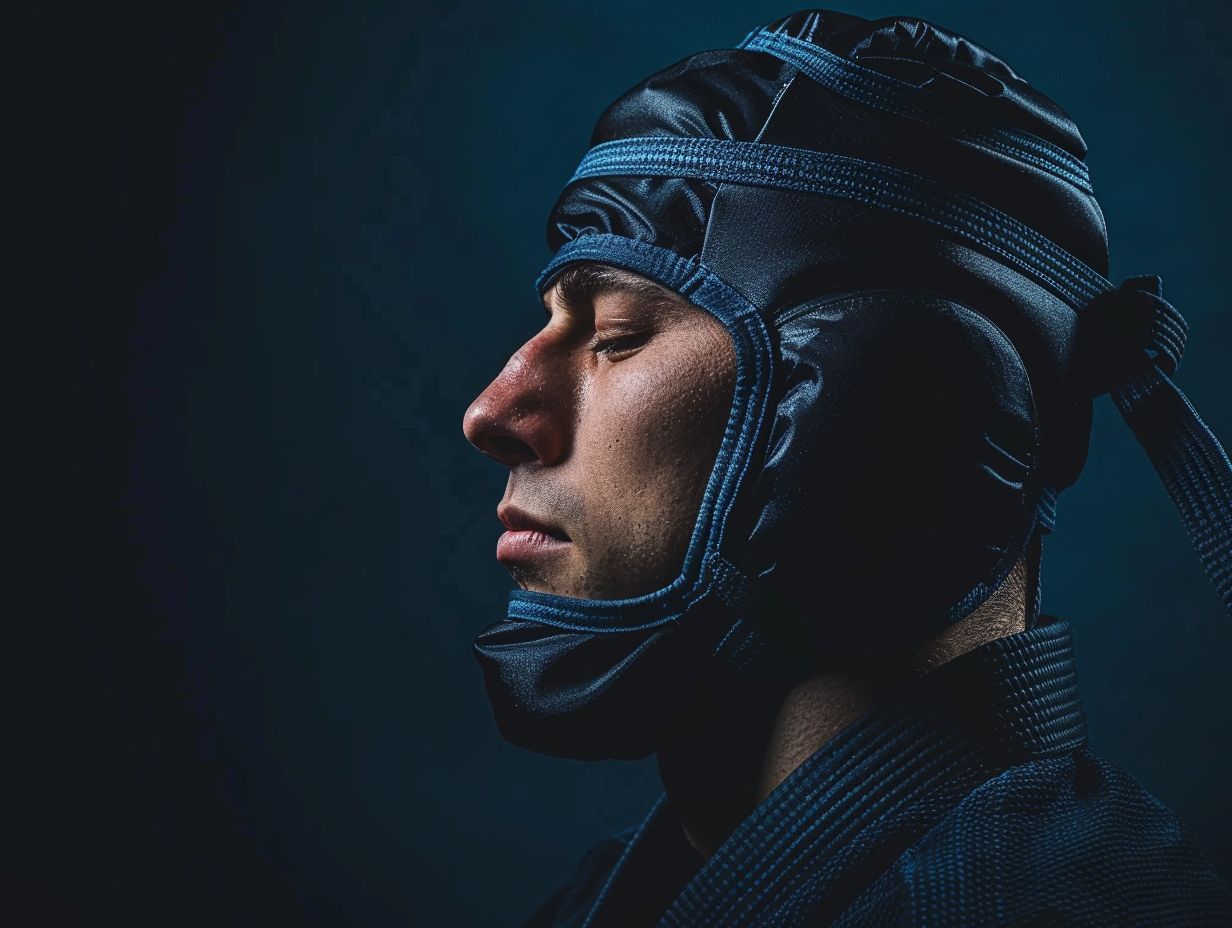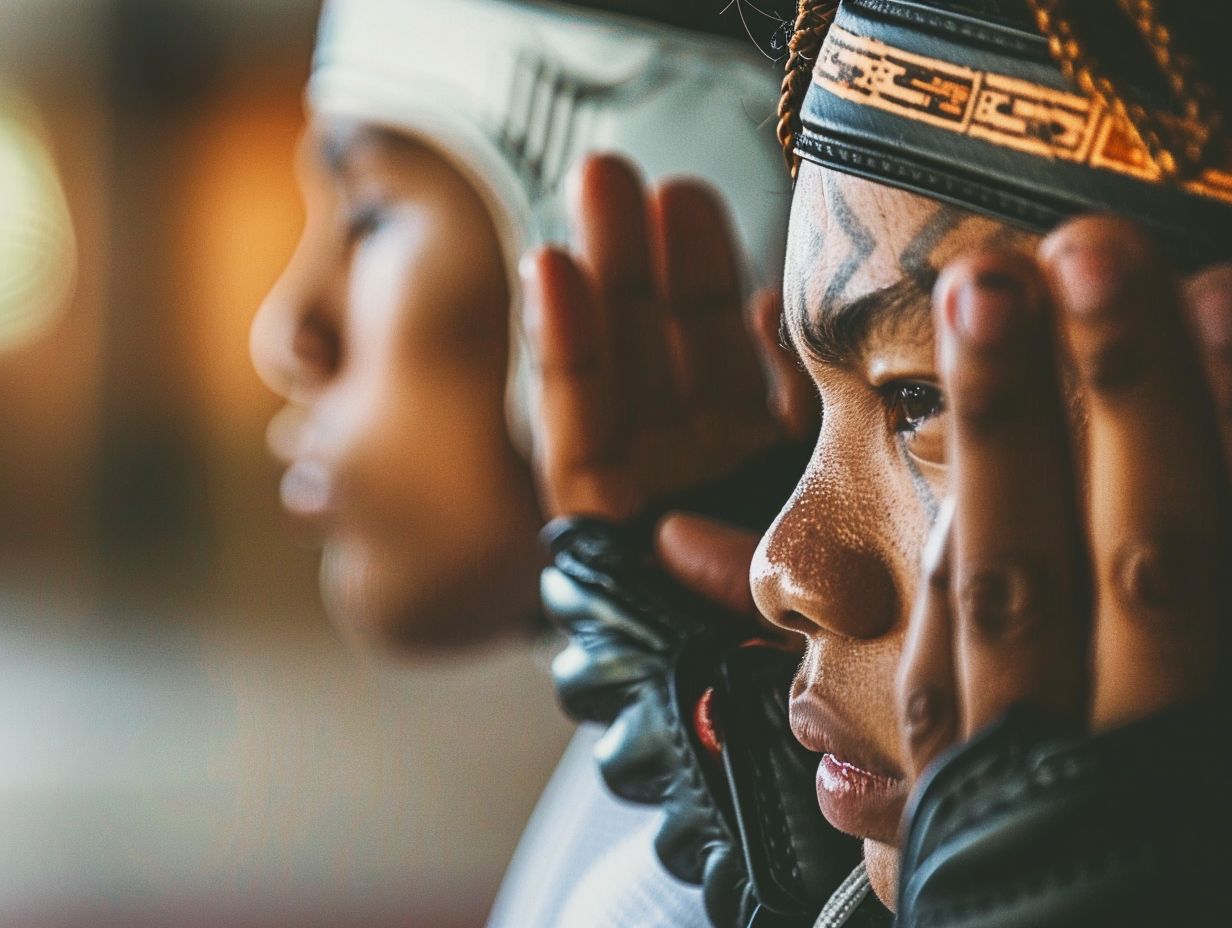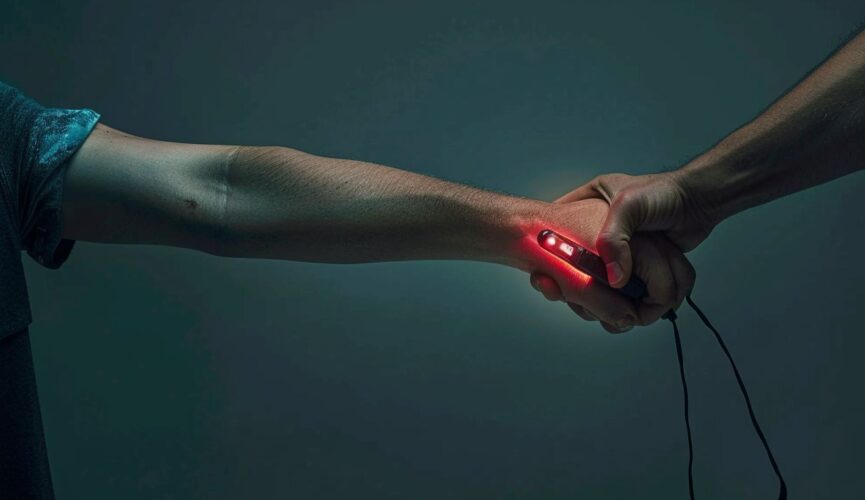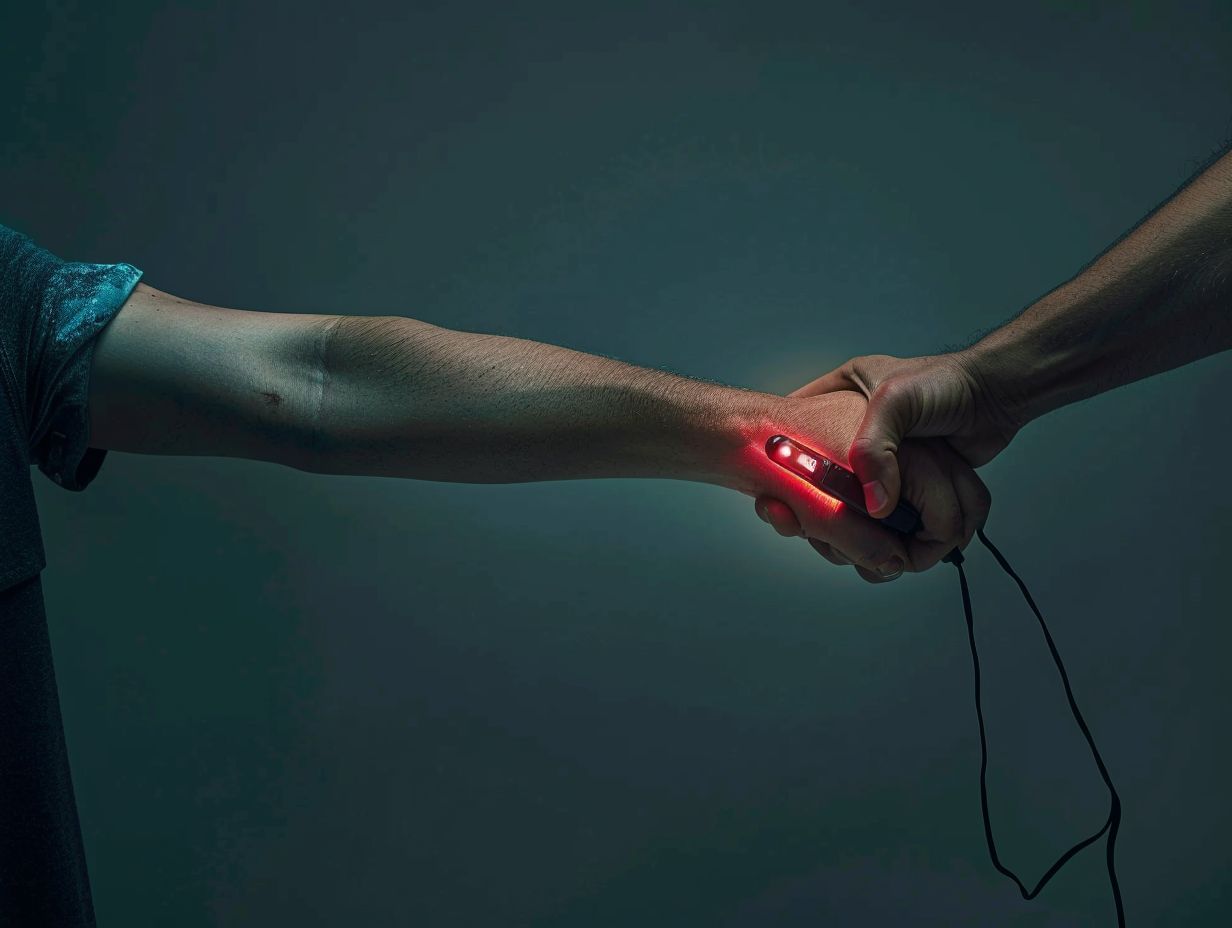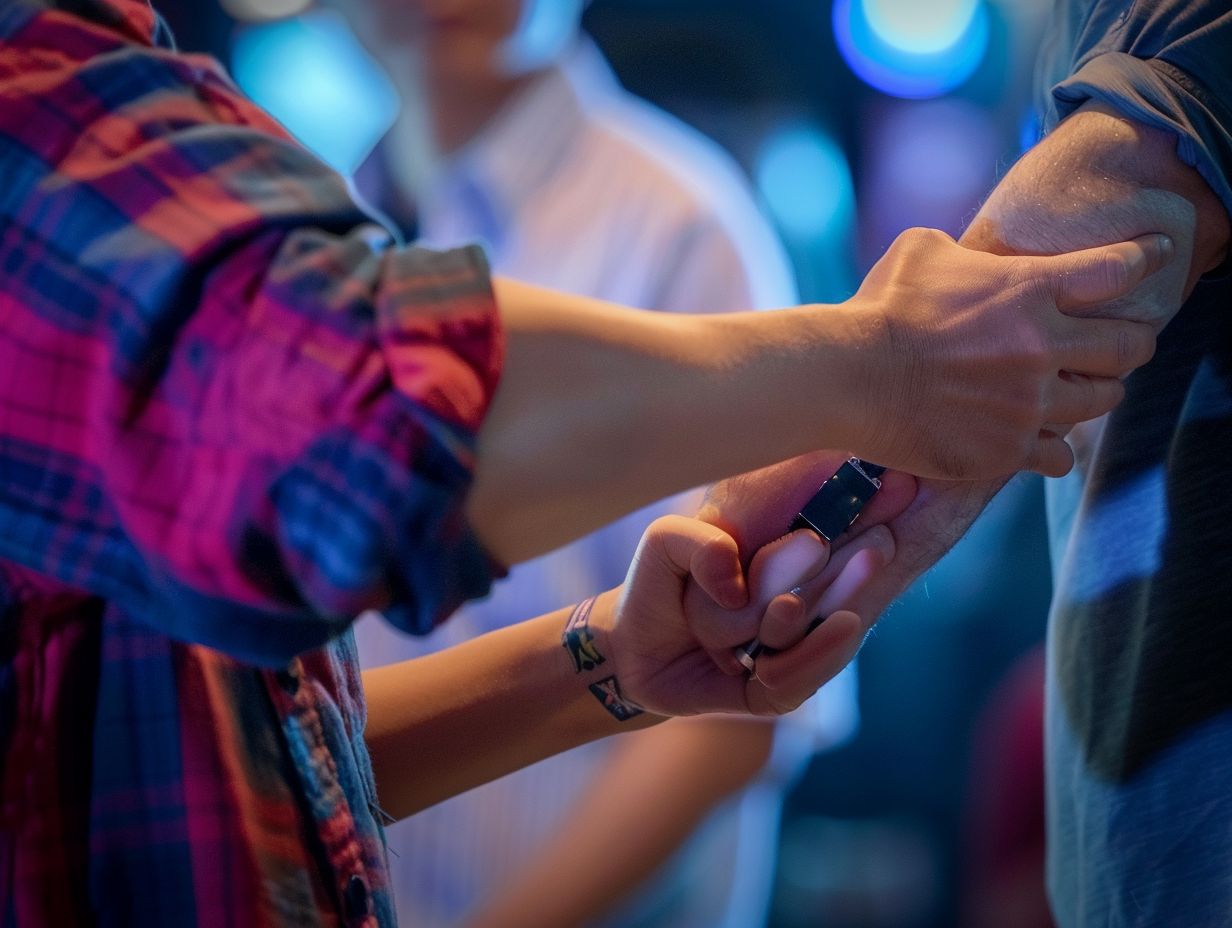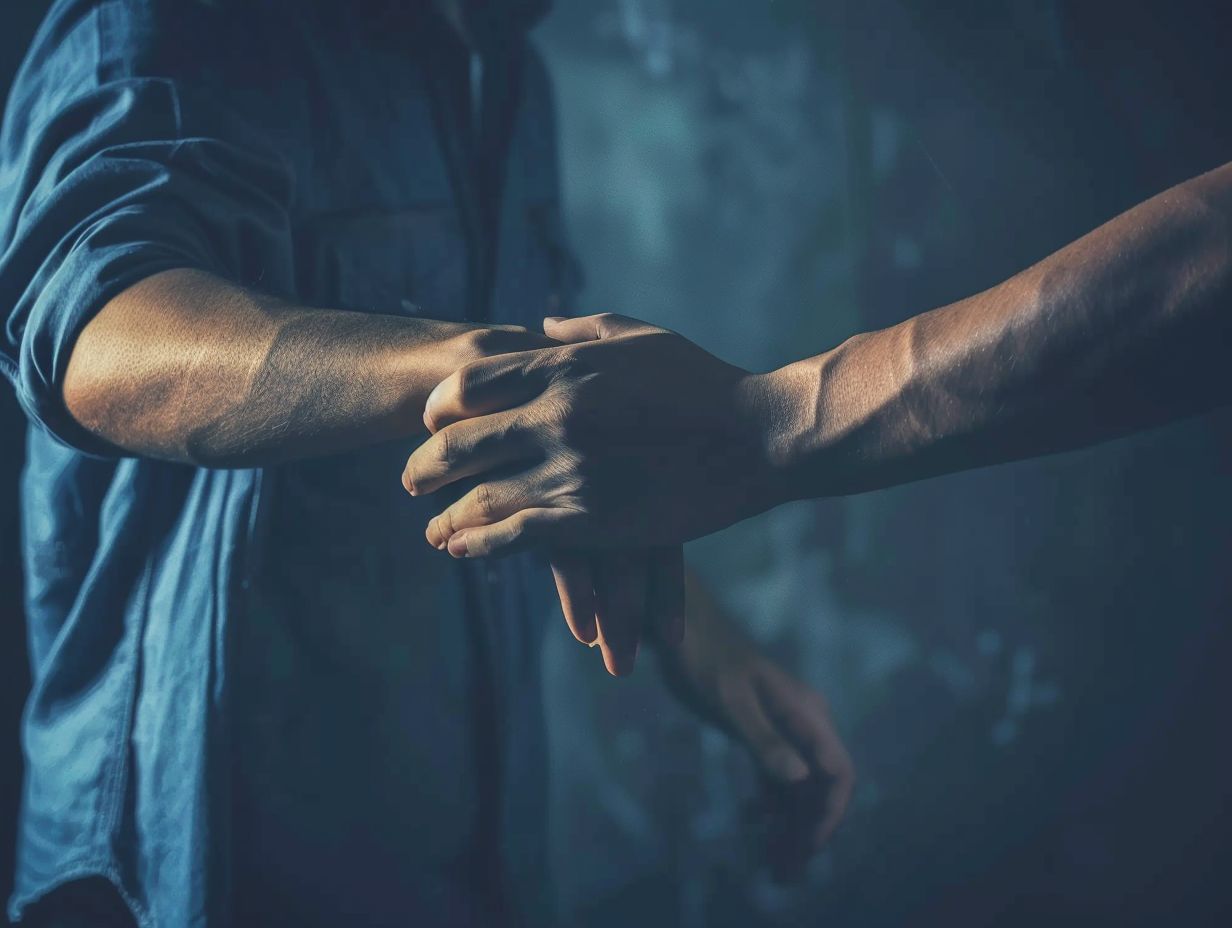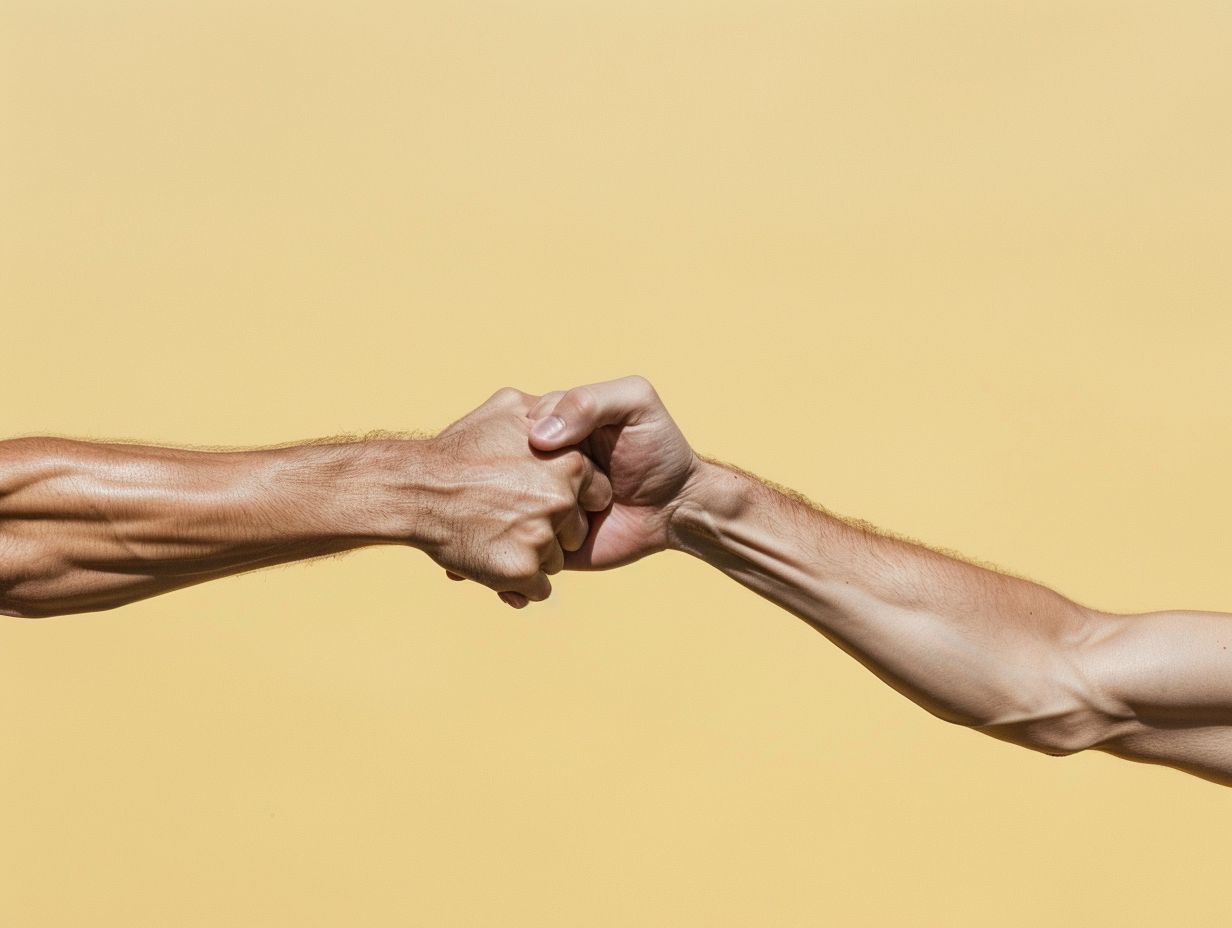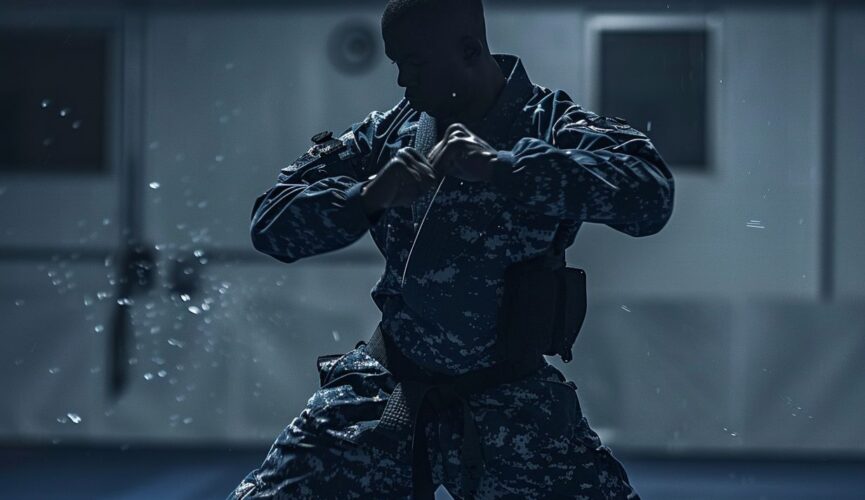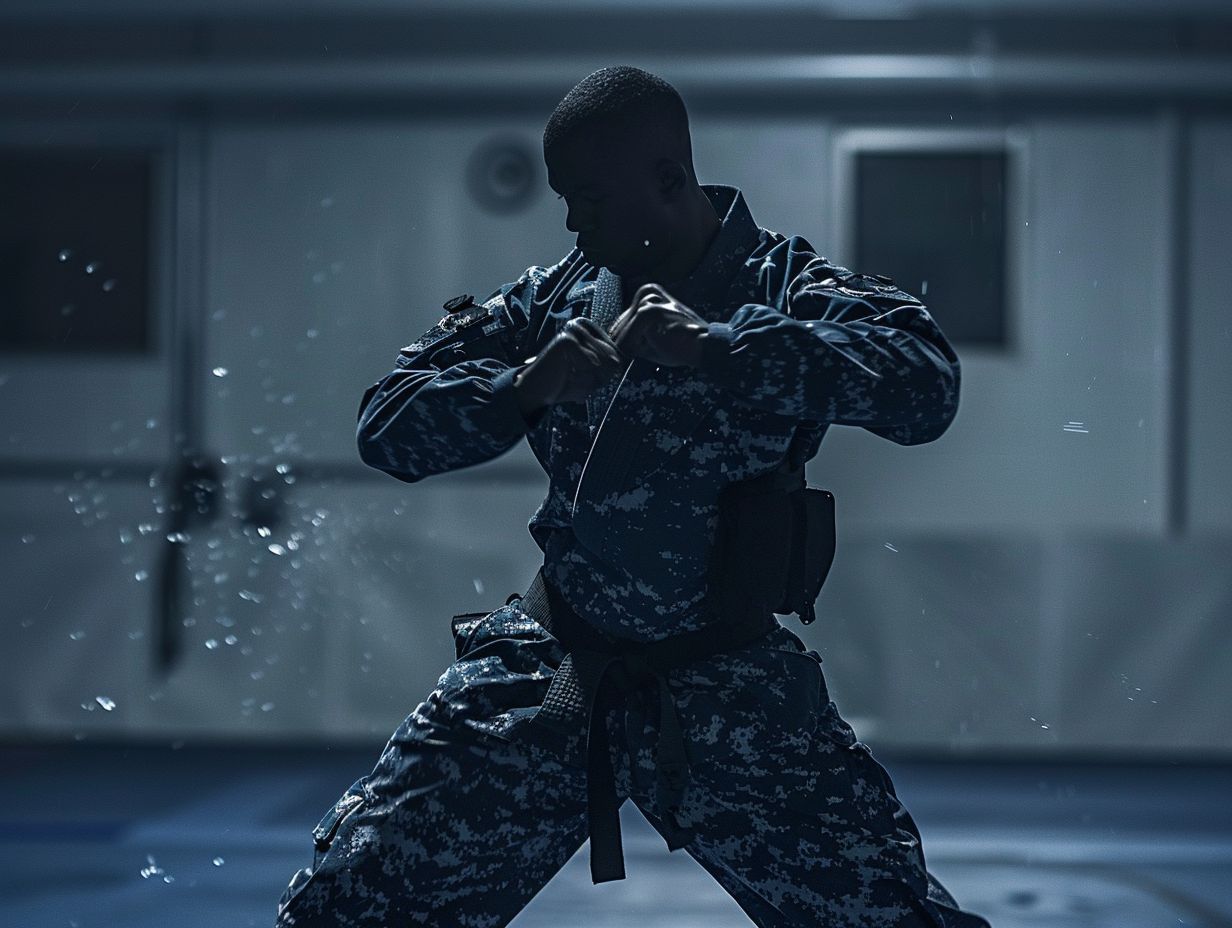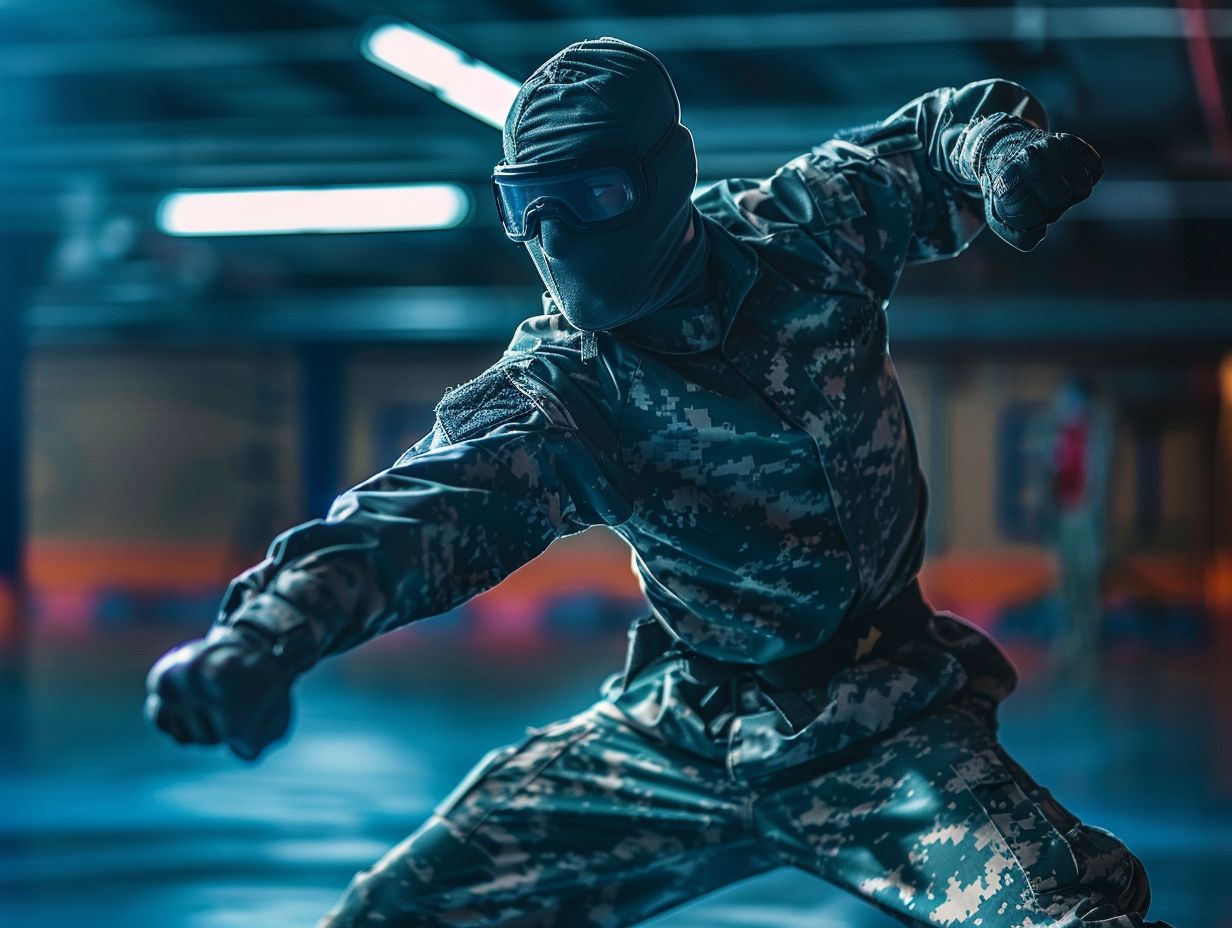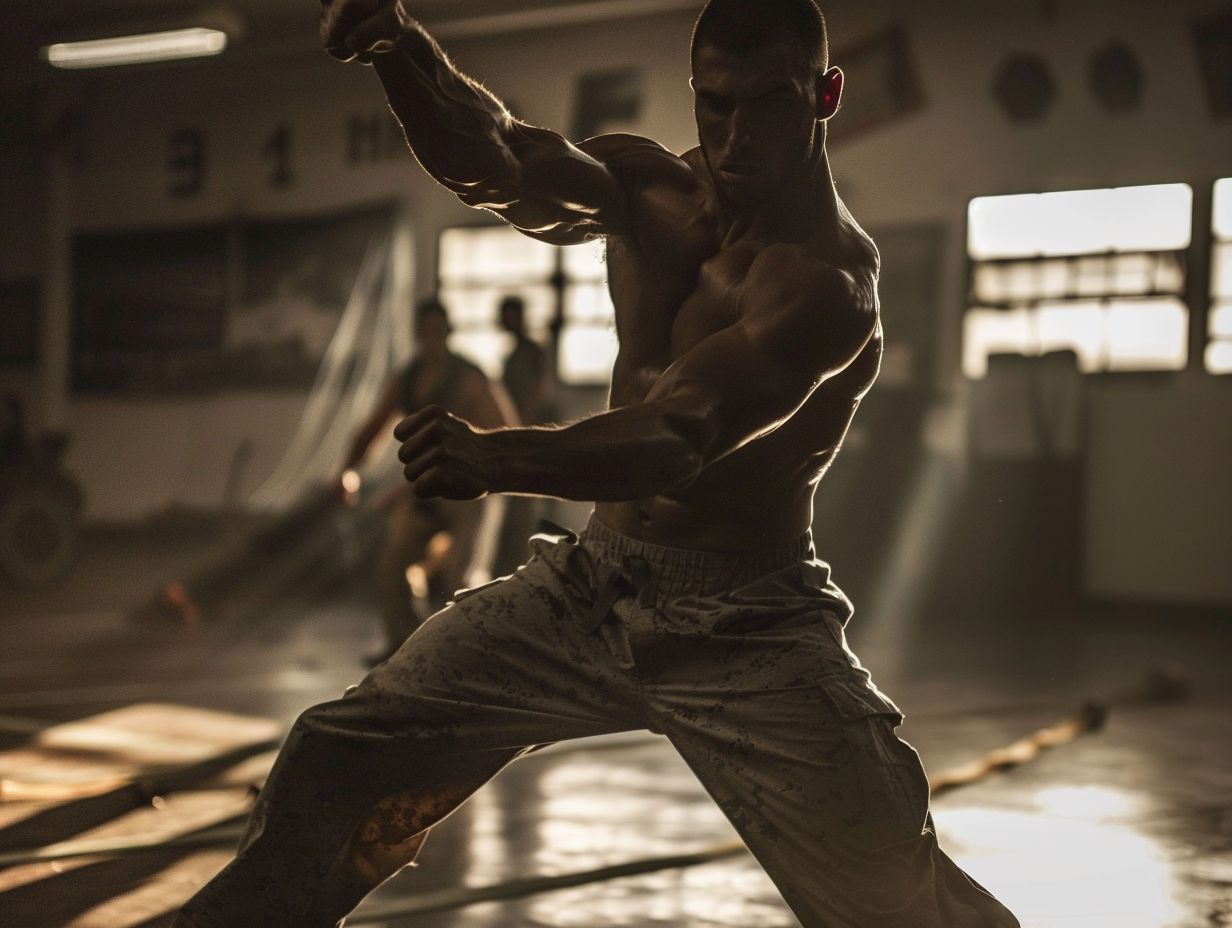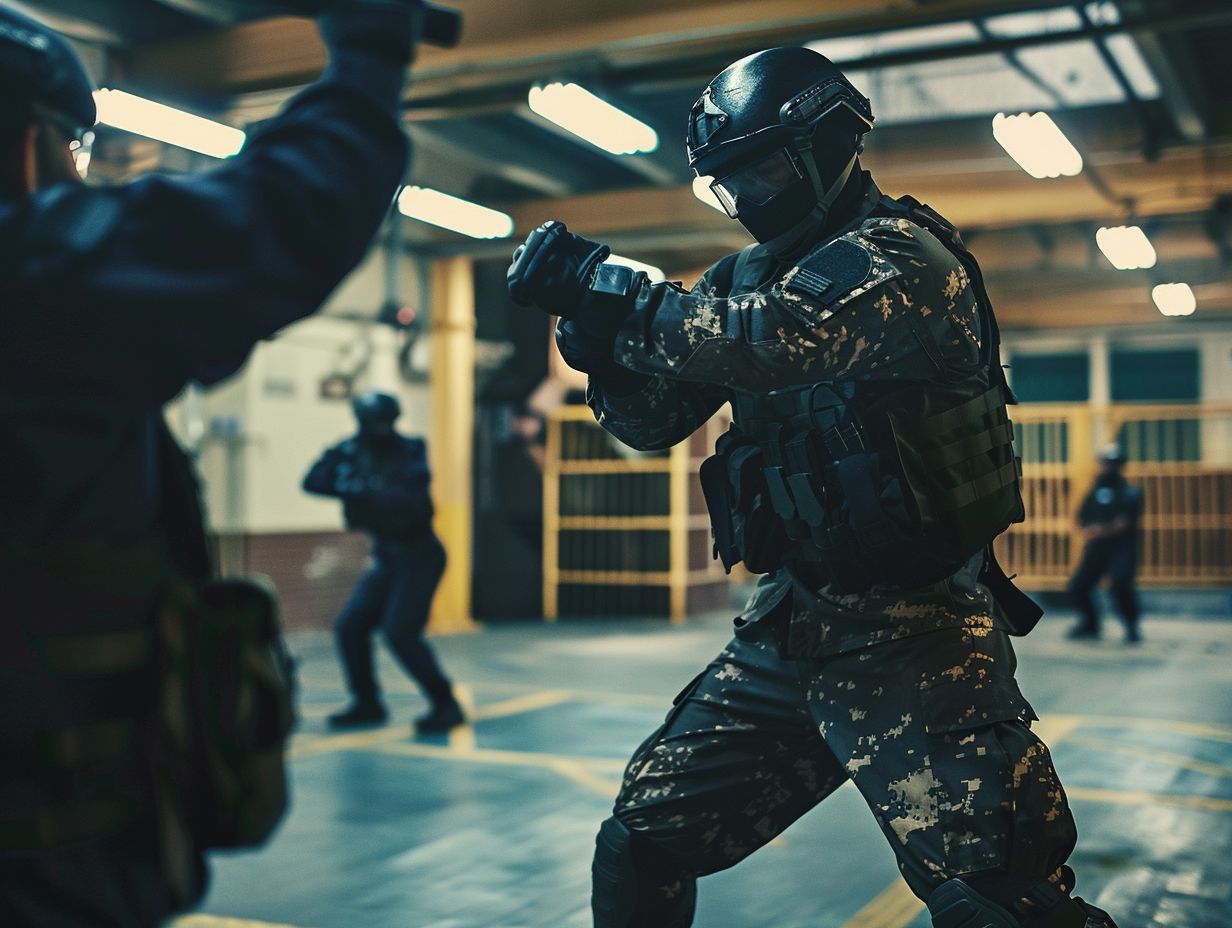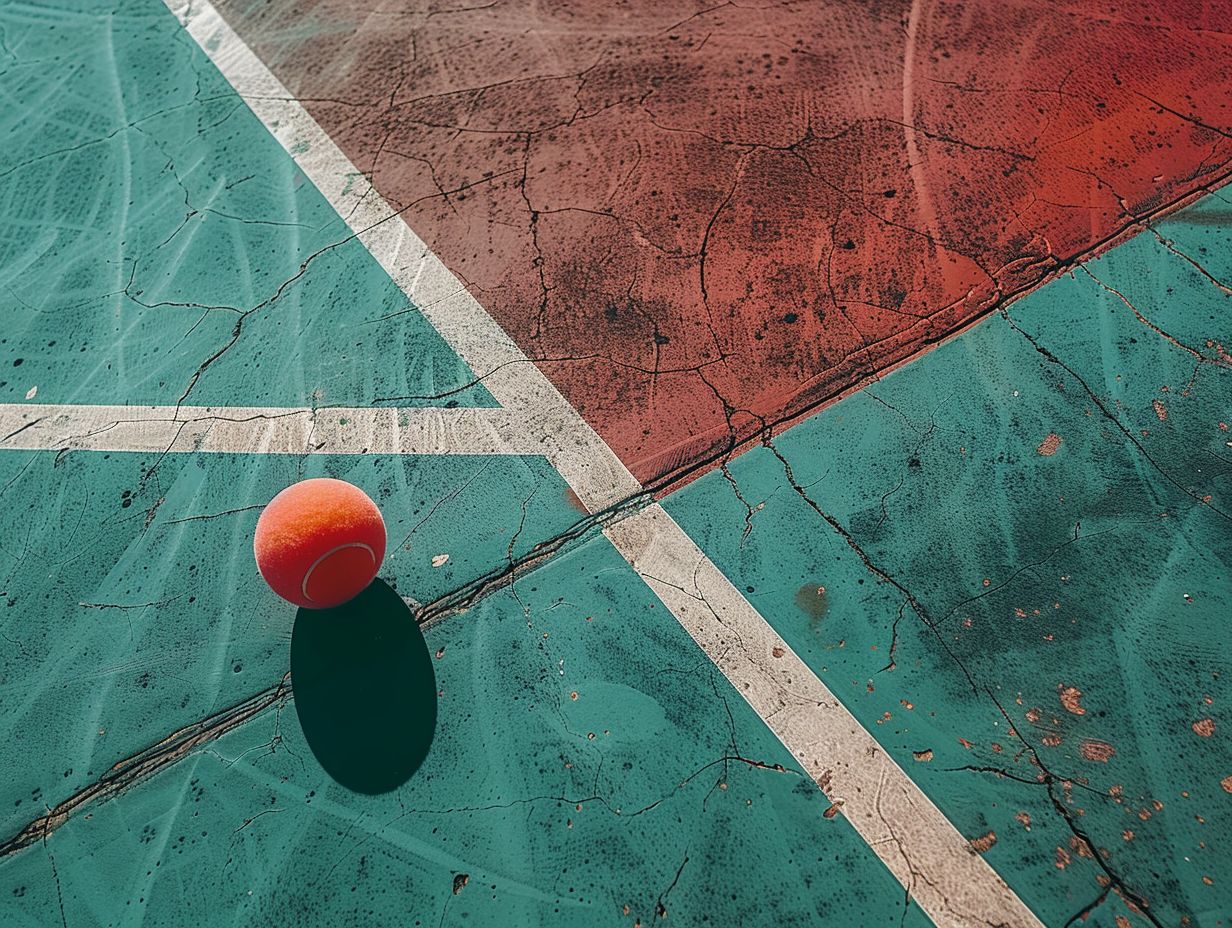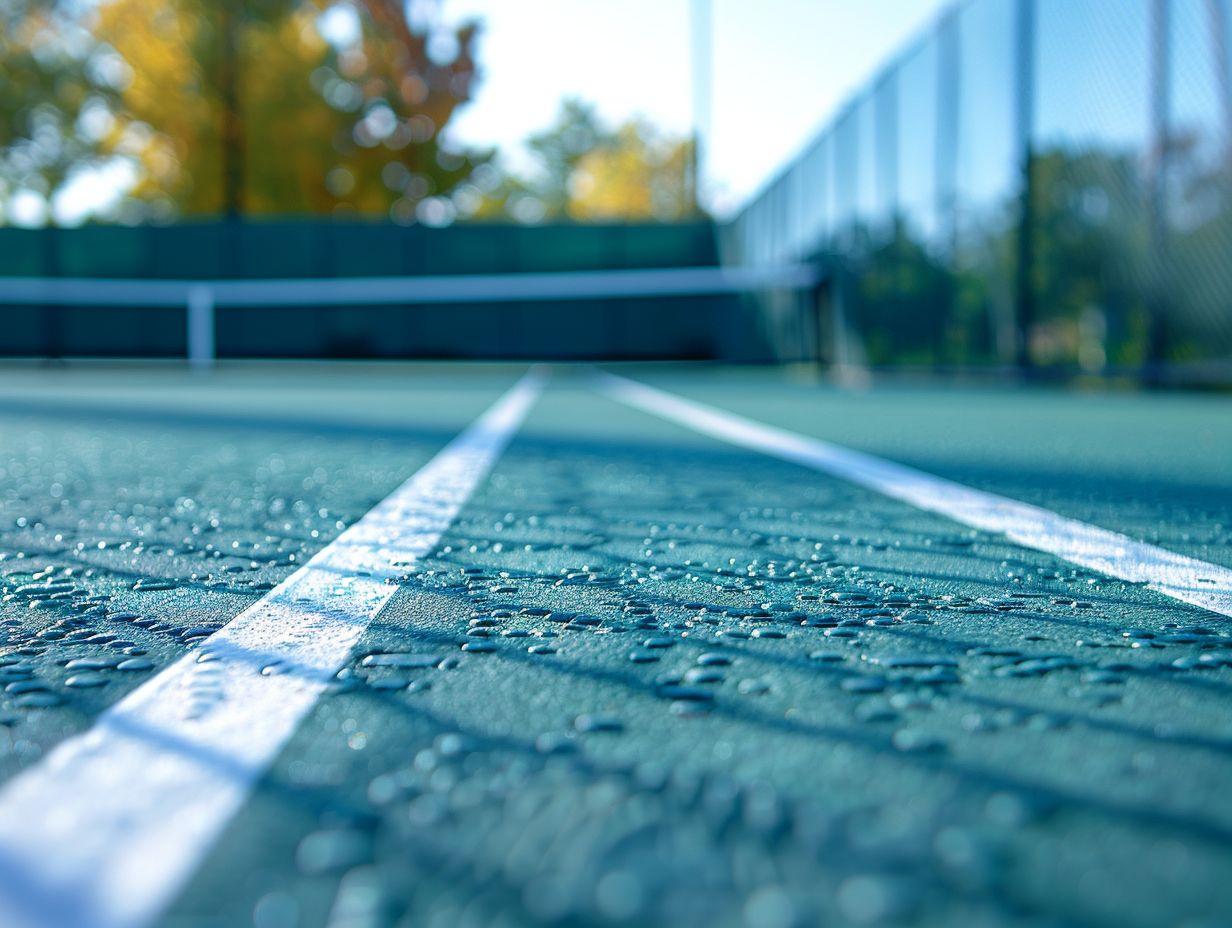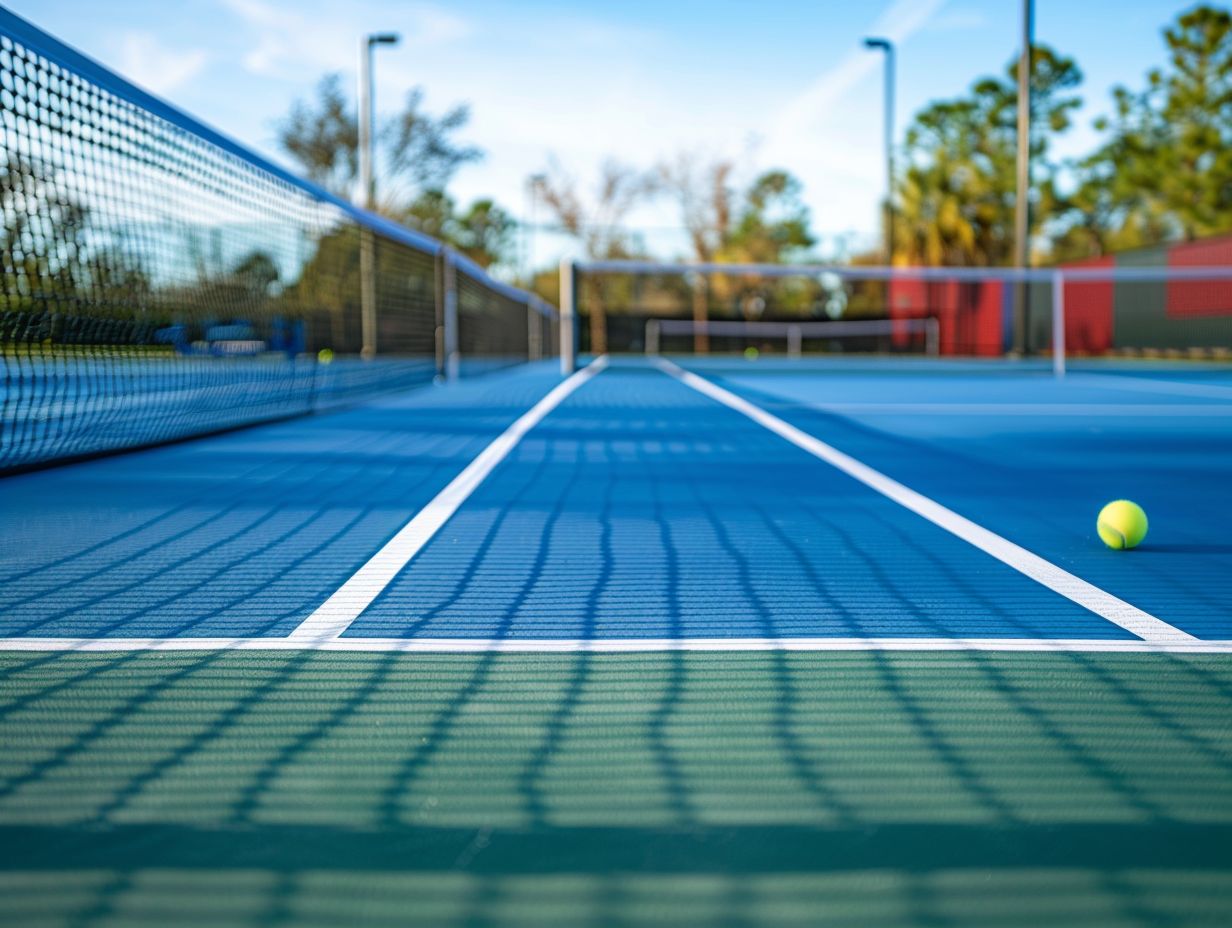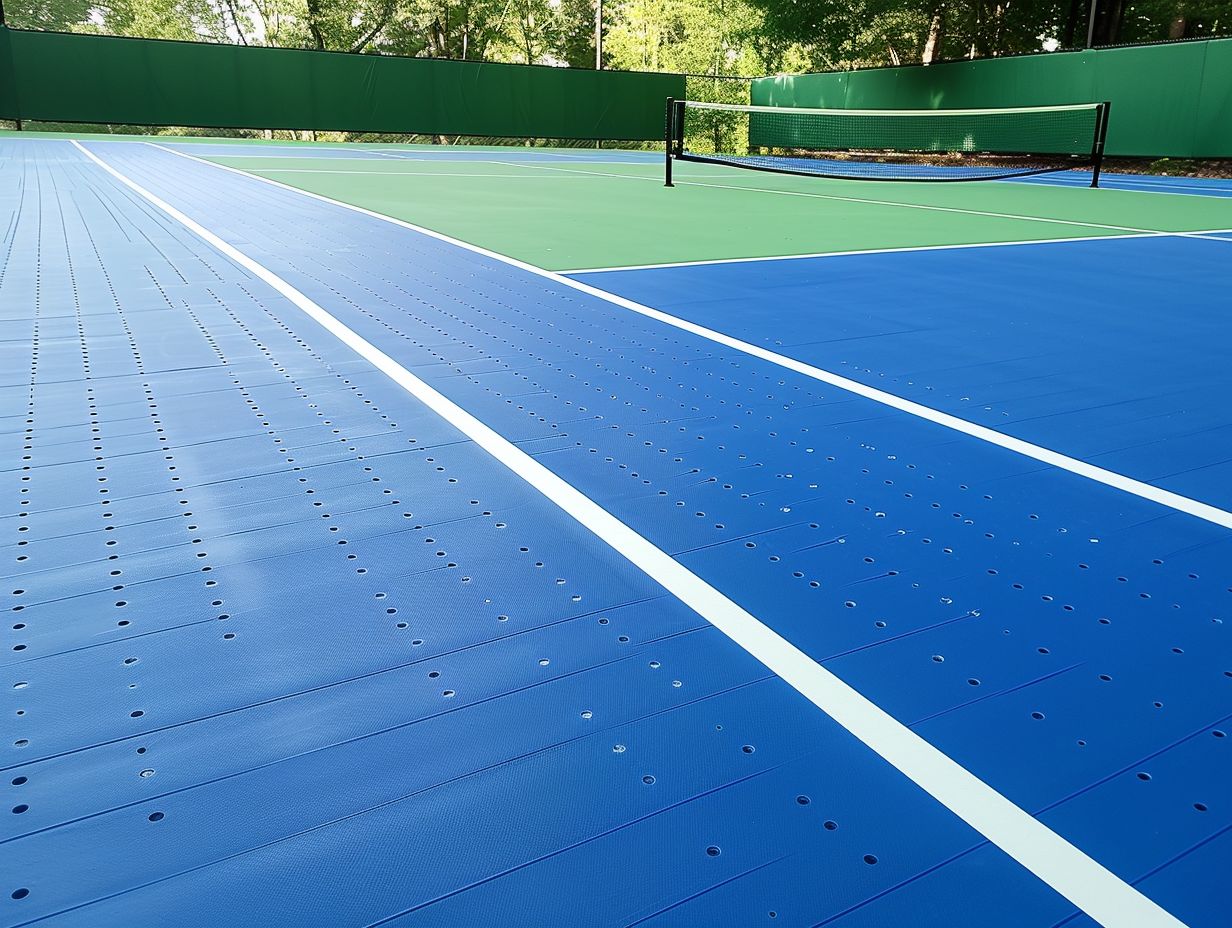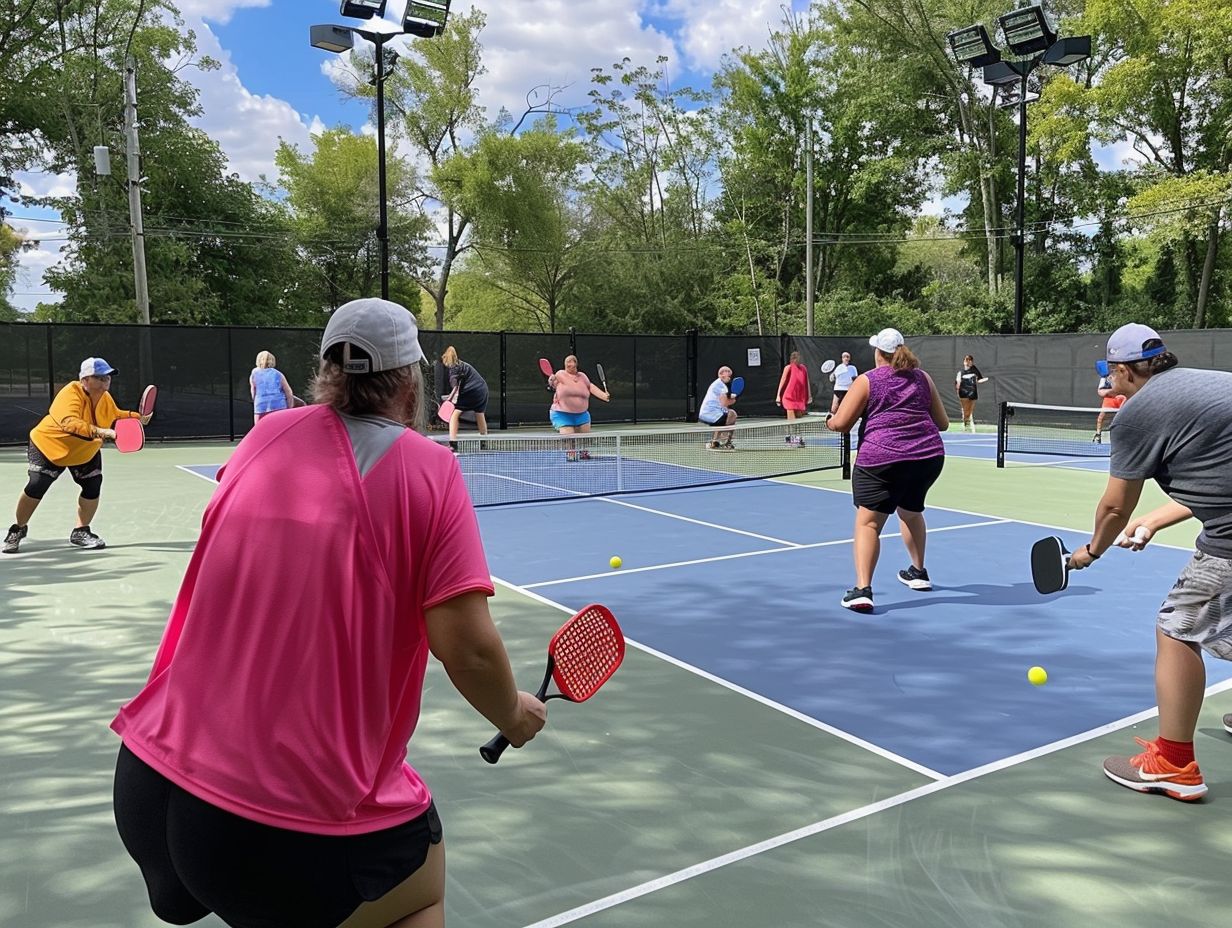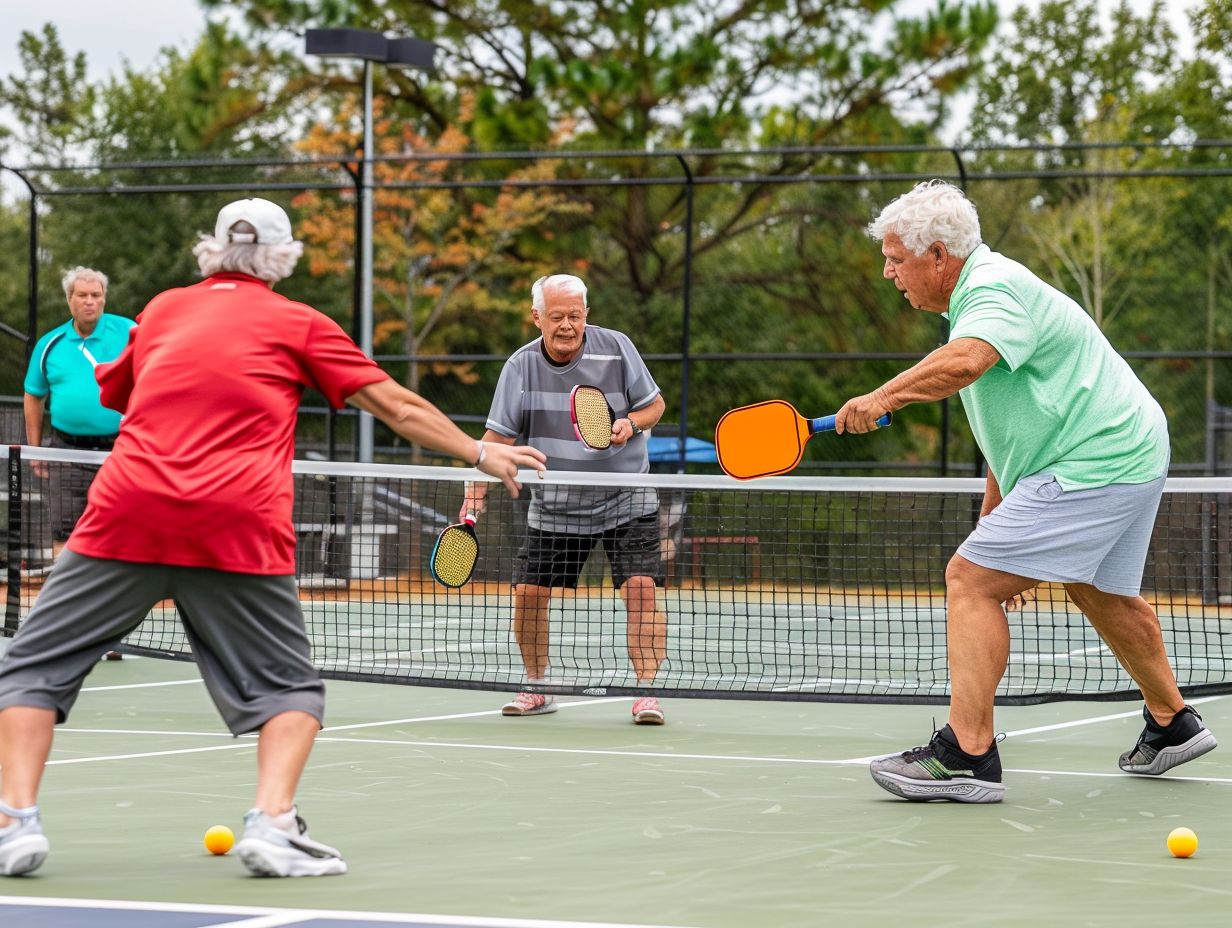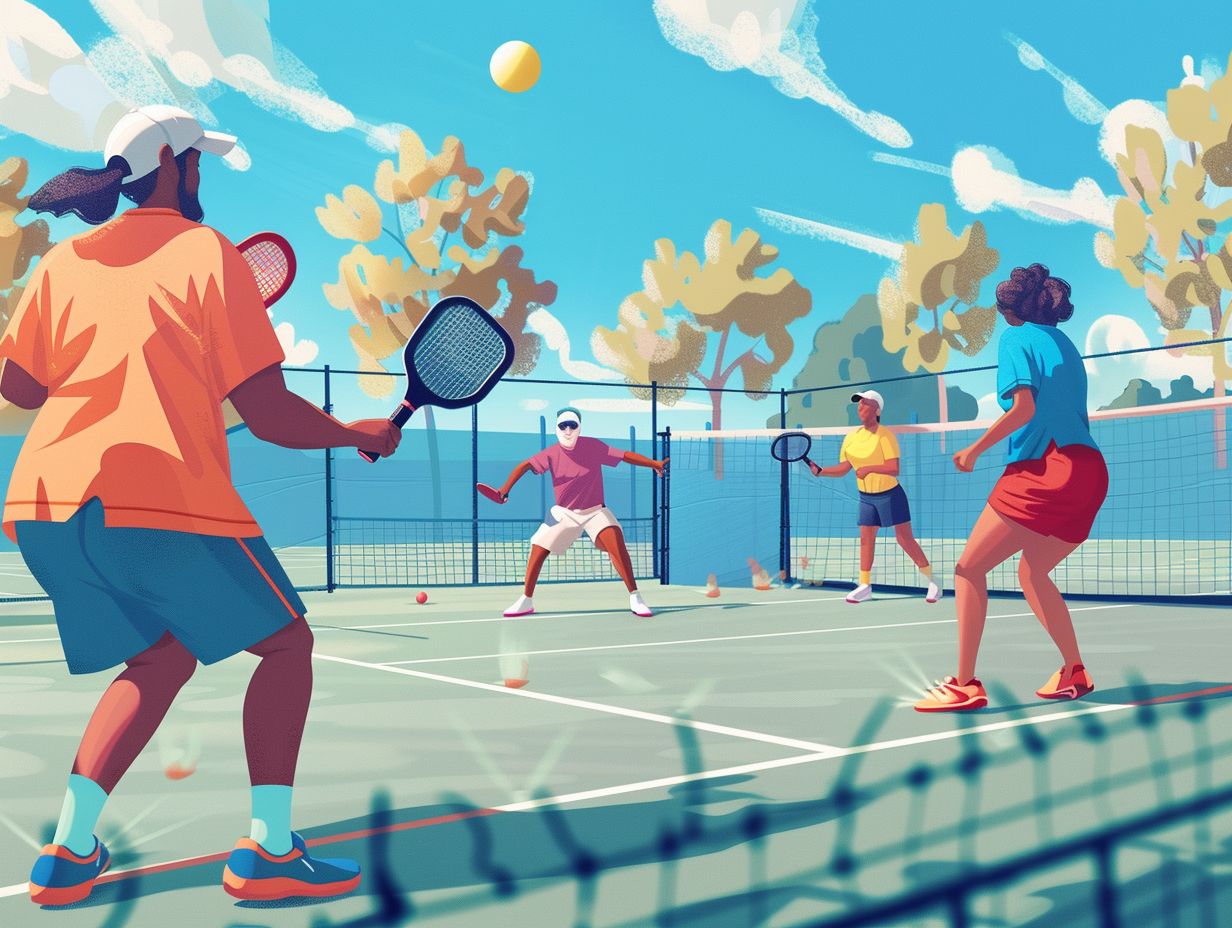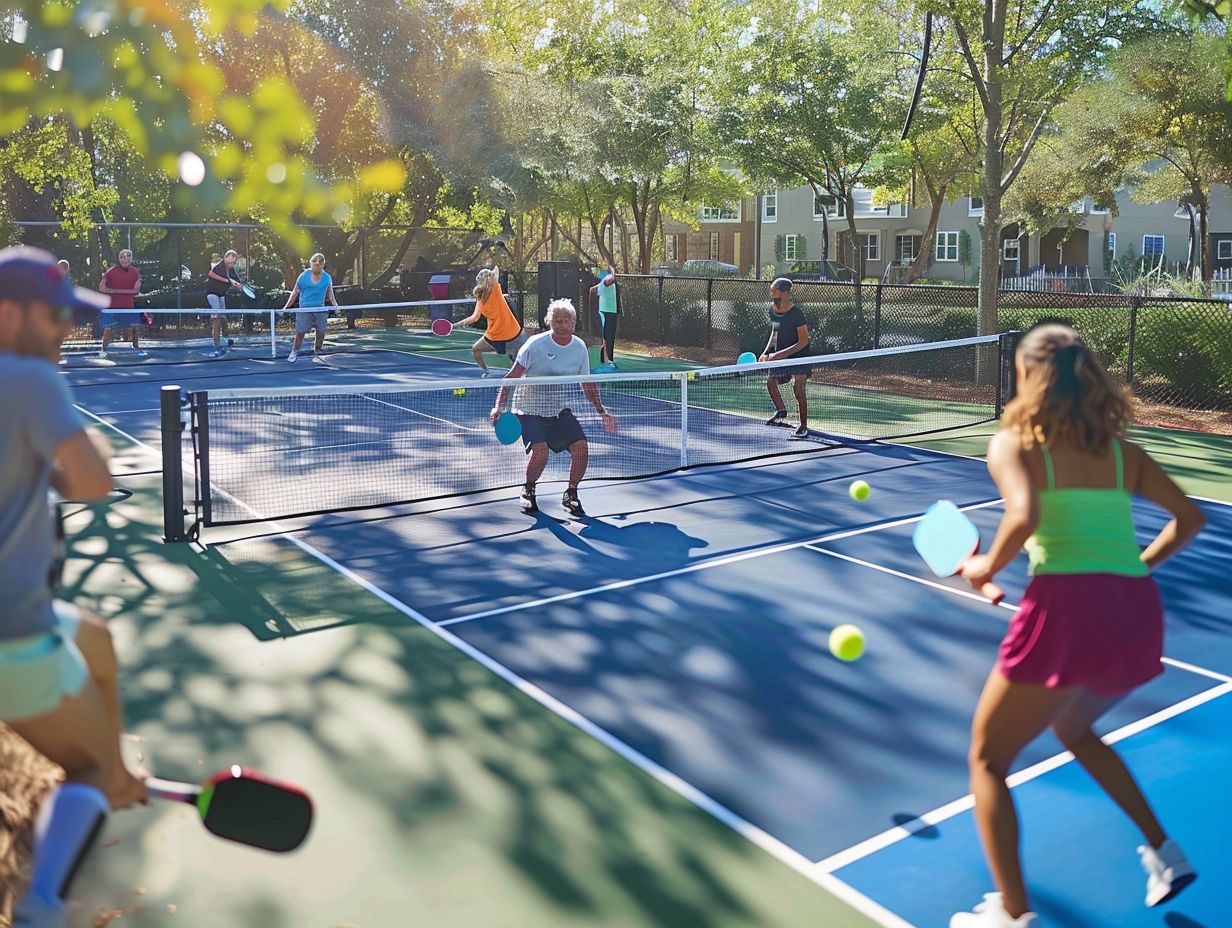Have you ever realized that while the Olympics celebrate the world’s top athletes, martial arts also get their moment to shine at this prestigious event? From the ancient traditions of Judo to the jaw-dropping high kicks of Taekwondo, various disciplines have carved out a spot in the modern Olympic Games.
Let’s dive into the fascinating history and growth of martial arts in the Olympics, checking out the disciplines currently showcased and the factors that determine their inclusion. Come along as we explore the thrilling realm of martial arts on the Olympic platform and chat about what might lie ahead for these dynamic sports.
Overview of Martial Arts in the Olympics
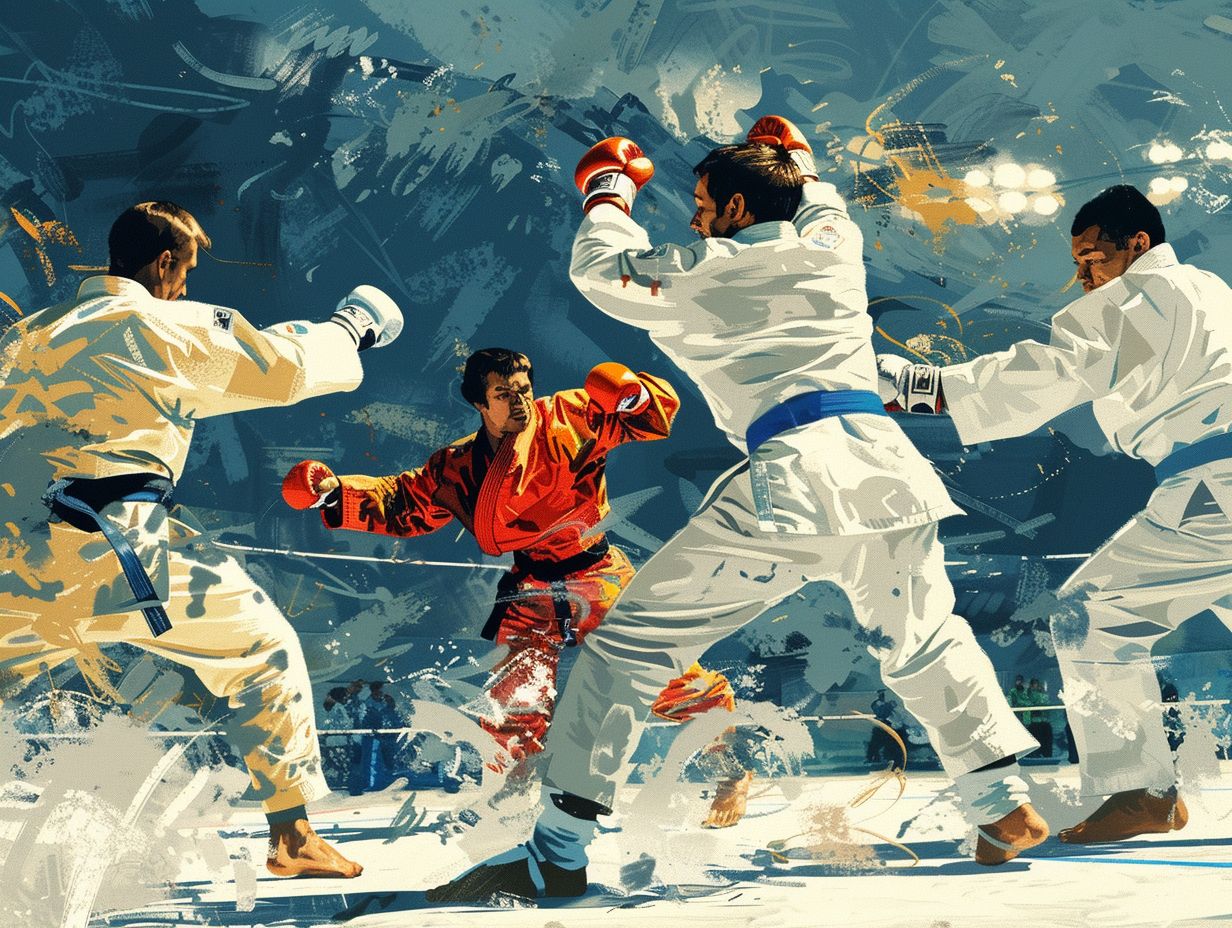
You’ve probably noticed that martial arts have played a big role in the Olympic Games, shining a spotlight on the impressive skills and techniques of athletes from all corners of the globe. Having martial arts disciplines in the Olympics is a nod to the worldwide popularity of these sports. Plus, it’s a way to honor the hard work and dedication of athletes who give it their all on the world stage, embodying the Olympic values of excellence and sportsmanship.
History and Evolution
When you delve into the history and evolution of martial arts in the Olympics, you’ll find yourself tracing it back to the early days of the modern Olympic movement. That’s when disciplines like judo and wrestling made their grand entrance, marking some major milestones. These sports have come a long way since then, earning themselves international acclaim and drawing top athletes from all corners of the globe to compete on the Olympic stage.
Judo, hailing from Japan, brought its rich history and tradition to the Olympics, shining a spotlight on the art of grappling and groundwork. Wrestling, rooted in ancient civilizations, stood as a symbol of strength and agility in combat sports. And as the Olympics grew, disciplines like taekwondo and karate also found their place, reflecting the worldwide fascination with various forms of martial arts.
The presence of martial arts in the Olympics isn’t just about showcasing athletic prowess; it’s also a nod to the deep cultural heritage and values embedded in these age-old disciplines. It’s a celebration of both sporting excellence and the enduring legacy of these ancient arts.
Martial Arts in the Modern Olympics
In the modern Olympics, martial arts have established themselves as top-tier sports that draw elite athletes like yourself. You’ll see these athletes demonstrating exceptional skills, physical strength, and mental toughness in high-stakes competitions.
When you compete in martial arts events, your goal is to bring home those coveted Olympic medals. Those medals represent your unwavering dedication, hard work, and exceptional sporting abilities on the world stage.
Inclusion and Exclusion of Specific Disciplines
In terms of deciding which martial arts make the cut for the Olympics, it’s all about some serious scrutiny. They look at things like whether the sport is recognized by international federations, if there’s equal representation for all genders, and if everyone plays by the same rules. And let’s not forget about the tough qualifications that disciplines have to meet to make it to the big show—it’s all about making sure the competition is fair and stays true to the Olympic spirit.
Having unified rules is a big deal when it comes to Olympic sports. It’s all about giving athletes from different backgrounds an even shot at success, keeping things fair and honest in the games. With everyone following the same rulebook, athletes can focus on showing off their skills without getting thrown off by different rules in each discipline. And setting clear standards for qualifications helps keep the Olympics top-notch, making sure only the best athletes get to show their stuff on the world stage.
Current Martial Arts in the Olympics
In the Olympics, you’ll find a mix of martial arts styles like karate, judo, taekwondo, wrestling, fencing, and boxing.
These sports are overseen by international federations approved by the Olympic committee. They give athletes the stage to flaunt their abilities and go head-to-head in top-tier worldwide contests.
Judo
In Judo, you’ll find a dynamic combat sport that values technique and leverage over just raw strength. Athletes like you put in the work, refining your skills through dedicated training sessions that focus on throws, pins, and submissions, all while embodying values like respect, honor, and discipline.
This sport isn’t just about physical prowess—it puts a huge emphasis on mental sharpness and good sportsmanship. It’s not just about the moves; it’s about the strategy. As an athlete, you’ve got to show patience, determination, and humility as you work to master the complex techniques and tactics that make Judo unique.
If you’re aiming to stand out in this competitive world and reach the top levels of success on the Olympic stage, you’ll need that same dedication and commitment to your craft. That’s the ticket to making waves in the world of Judo.
Taekwondo
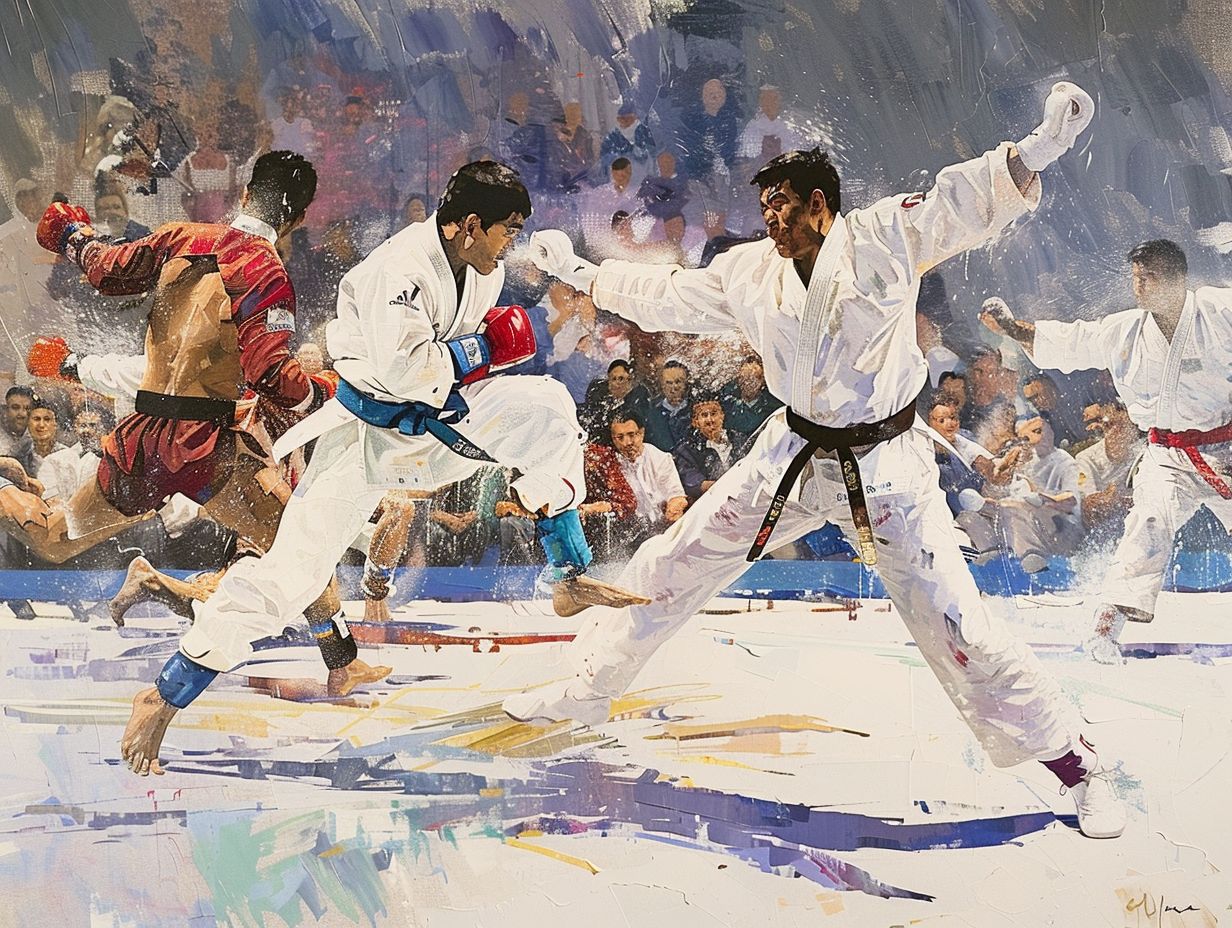
In Taekwondo, you’re stepping into a world of dynamic kicks and high-energy action. This striking martial art blends combat sports techniques with traditional forms (kata), giving athletes a stage to show off their skills in sparring matches that demand precision, agility, and strategic smarts.
The heart of Taekwondo beats in the beauty of movement and the marriage of physical strength with mental sharpness. In Olympic showdowns, you’re thrown into sparring where lightning-fast footwork and killer kicks take center stage. These matches aren’t just about testing your physical game; they’re about your ability to think on your feet and strategize in the moment. And don’t forget about the forms and kata – they’re your chance to flaunt your technique mastery and discipline, revealing the elegance and strength woven into this martial art.
Karate
In Karate, you dive deep into a disciplined martial art that’s all about building up your physical and mental skills through consistent practice and technique.
When you watch athletes in Karate competitions, they’re pulling off impressive kata moves and sparring events, showing off how they’ve nailed down the mental game and strategic prep needed to meet the Olympics’ tough qualification standards.
The way Karate zeroes in on honing your physical strength and mental toughness makes it a top-tier Olympic challenge. You’ve got to nail those intricate moves flawlessly while keeping your head in the game to handle the pressure of those high-stakes competitions.
Sport psychology steps in as the secret weapon to help you build up that mental muscle, focus like a champ, and boost your confidence. Techniques like visualization, setting goals, and managing performance jitters are key tools that supercharge your ability to shine on the world stage.
Boxing
In the world of Olympic boxing, you need to bring your A-game both physically and mentally. It’s not just about showing off your strength and skills in the ring; you’ve got to have that mental toughness to stay focused and determined in the intense arena environment.
To succeed, you’ve got to be in top-notch physical shape, with speed, agility, and sharp strategic thinking as your best buddies. And hey, don’t forget about playing by the rules and showing good sportsmanship at all times. Integrity and respect are key players in keeping the noble tradition of boxing alive and kicking, while also adding some spice to the competitive spirit.
Wrestling
In the world of wrestling, it’s all about strength, technique, and teamwork. When you step onto that mat, you’ve got to think strategically and work together to come out on top. Endurance and resilience are key in wrestling matches – you’re pushing for victory while also making sure you stay safe and injury-free through disciplined training and using the right techniques.
Knowing the tactical side of wrestling is crucial. You and your opponent are constantly jockeying for position, trying to gain that upper hand. And teamwork isn’t just for practice – it’s important during matches too. You might have coaches on the sidelines, guiding you through every move.
Being a wrestler means you need to be in top-notch shape both physically and mentally. Matches can be tough on your body and your mind, so you’ve got to be at your peak. Quick thinking and adaptability are a must as you respond to your opponent’s every move while staying focused on your own game plan.
Fencing
In fencing, you get this cool mix of athleticism and artistry that captures the essence of seeking honor and glory in competitive swordplay. When you watch athletes in fencing competitions, you see a combo of strategic smarts, technical finesse, and a commitment to playing fair. They’re all about embodying that spirit of fair play and racking up achievements.
Olympic fencing isn’t just a physical showdown – it’s a mental chess match where you’ve got to outthink your opponent. Fencers are locked in this high-stakes battle of brains, predicting moves and responding with precision and speed. The sport doesn’t just need muscle; it calls for a sharp mind too. It’s not just about winning; it’s about winning with style and respect, sticking to the values of sportsmanship and ethical behavior that have always been part of fencing’s classy tradition.
Criteria for Inclusion in the Olympics
When considering which martial arts make the cut for the Olympics, you’ve got a tough checklist to tick off. They need to be recognized by international federations, follow unified rules, and show that they treat everyone equally. The Olympic committee looks closely at these standards to make sure only sports that reflect the Olympic principles of excellence, respect, and equality get a spot in the Games.
International Federation Recognition
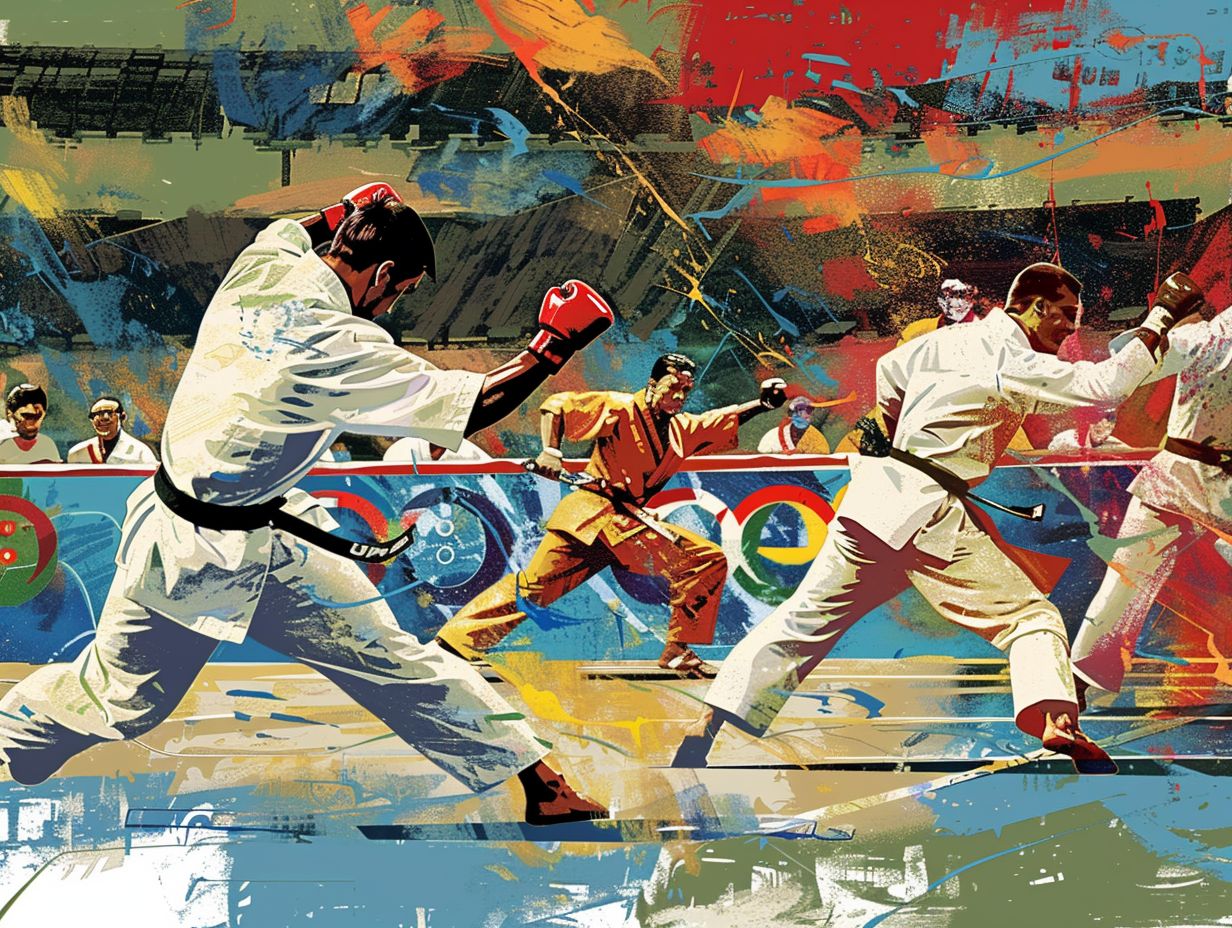
When you think about it, international federation recognition really is the ticket to getting martial arts disciplines into the Olympics. These big-shot governing bodies are the ones calling the shots when it comes to developing, coaching, and endorsing sports all around the globe.
Teaming up with the Olympic committee, sports federations make sure athletes are sticking to the same set of rules and standards, all in the name of fair play and top-notch sporting skills.
Once martial arts get the nod of approval from these international federations, it’s like they’ve hit the big time on a worldwide level. Suddenly, they’re attracting more people to join in and more resources for training and competitions.
Sports federations are the unsung heroes here, setting up training plans, coaching guidelines, and organizing epic showdowns that bring out the best in athletes.
And let’s not forget about how collaborating with the Olympic committee can open up some major doors for martial arts. It’s like a VIP pass to the biggest sporting event on the planet, giving athletes a chance to shine on the world stage and grow like never before.
Gender Equality
Incorporating martial arts into the Olympics is rooted in the principle of gender equality, ensuring that both male and female athletes have an equal chance to shine on the global stage. The Olympic committee lays down qualification criteria that encourage diversity, sportsmanship, and teamwork, fostering an environment that is inclusive and fair for athletes of all genders.
It’s not just about the numbers – the focus is on creating a supportive atmosphere where every athlete, regardless of gender, feels valued and respected. By setting standards that promote fair play and teamwork, the Olympic committee is championing martial arts as a platform for building connections and camaraderie among athletes from different backgrounds. Through these efforts, the Olympics are aiming to inspire upcoming generations of martial artists to uphold values of inclusivity and respect in their sporting pursuits.
Future of Martial Arts in the Olympics
When you think about the future of martial arts in the Olympics, you can’t help but get excited about the potential for new disciplines to join the lineup. It’s an opportunity for the global sports community to grow and evolve, but it also comes with its fair share of challenges and controversies. As the Olympic movement explores new paths, there are debates and discussions about how martial arts will continue to develop on the international stage and fit into the world of sports governance.
Potential New Additions
When considering potential new additions to martial arts in the Olympics, you are faced with a strict evaluation process. They look at things like whether the international federation endorses the discipline, how well athletes perform in it, and if it meets the qualification standards. While the idea of adding new martial arts styles sounds exciting and innovative, you also have to think about the challenges that come with governance, competition structure, and gaining global recognition before bringing them in.
One of the critical aspects that determine whether a martial arts style makes it into the Olympic Games is if it aligns with core values like respect, fair play, and inclusivity. They assess the sport’s worldwide popularity, how engaging it is for spectators, and its potential for growth during the evaluation. The qualification process aims to strike a balance between preserving the sport’s traditional roots and allowing for modern interpretations that connect with today’s audiences and athletes. It’s crucial to find that sweet spot between honoring tradition and embracing change to keep the Olympic martial arts program fresh and appealing.
Challenges and Controversies
You might be wondering about the challenges and controversies surrounding martial arts in the Olympics. Issues like governance, international recognition, sportsmanship, and fair play can stir up some trouble. The Olympic committee has to navigate through these tricky waters to keep the values of the Olympic movement alive and kicking, all while making sure that martial arts keep growing and thriving in the world of international sports.
This whole operation is like a juggling act. The committee has to deal with things like making sure judging standards are fair across different martial arts, cracking down on doping and other shady business, and encouraging athletes to respect each other and play fair. It’s all about finding that sweet spot between tradition and modernization, creating a space where athletes can compete fiercely yet with integrity and respect.
The committee works hard to create an environment where athletes can show off their skills while staying true to the spirit of sportsmanship and honesty. By working closely with everyone involved and setting strict rules, the Olympic committee aims to boost the credibility and inclusivity of martial arts in the Olympic arena.
Frequently Asked Questions
What martial arts are included in the Olympics?
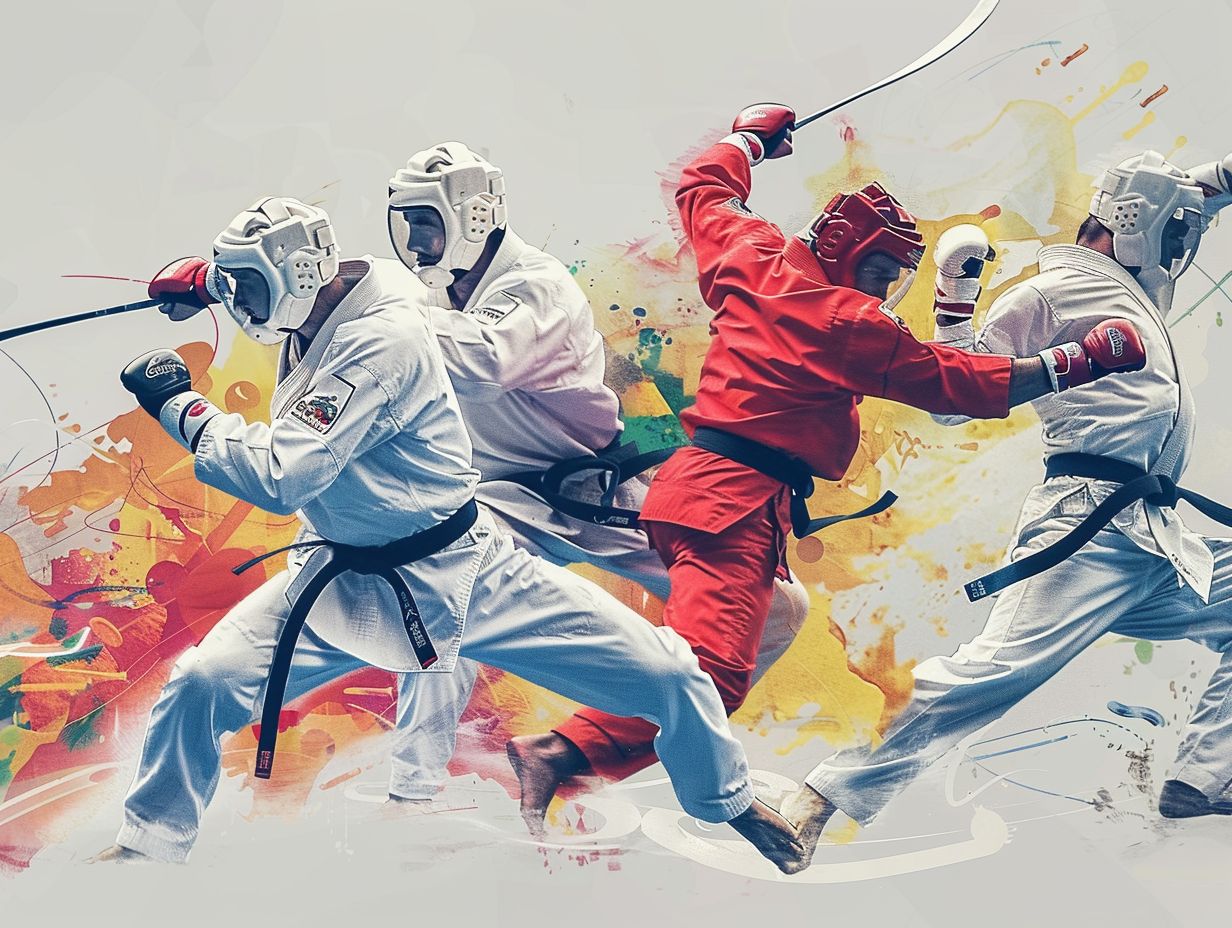
The martial arts currently included in the Olympics are judo, taekwondo, and karate.
Why are these specific martial arts chosen for the Olympics?
These martial arts were chosen for their global popularity and established governing bodies that adhere to the Olympic standards.
Are there any other martial arts that used to be in the Olympics?
Yes, previous martial arts in the Olympics include wrestling, boxing, and fencing.
Will there be any new martial arts added to the Olympics in the future?
Yes, sport karate was recently added to the list of Olympic sports and will make its debut at the 2020 Tokyo Olympics.
How are martial arts in the Olympics different from traditional martial arts?
Olympic martial arts enforce specific rules and regulations for safety and fair competition, whereas traditional martial arts focus on self-defense and physical and mental discipline.
Do all countries participate in the martial arts events at the Olympics?
No, not all countries have athletes competing in the martial arts events at the Olympics. However, the number of participating countries has been increasing over the years.



